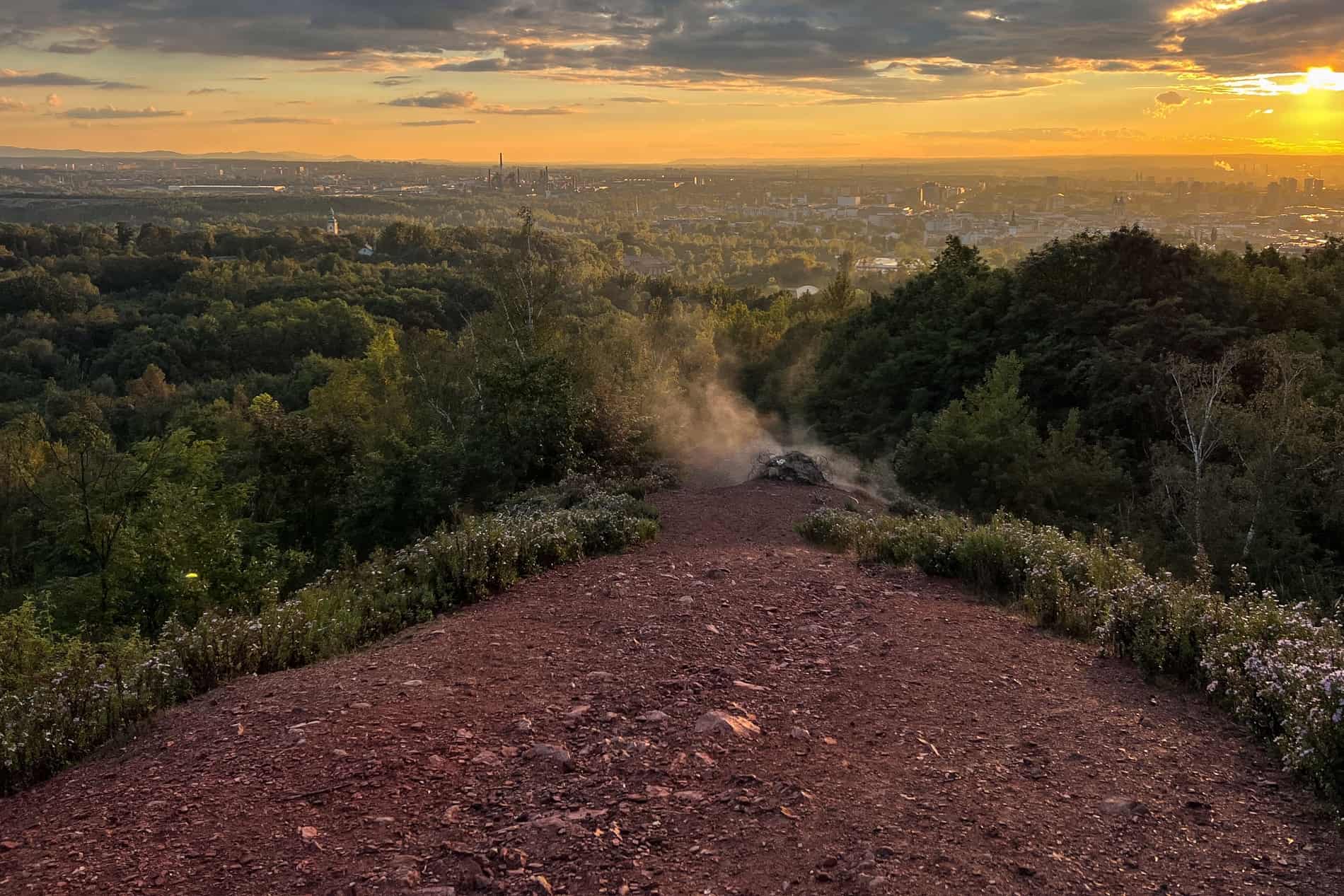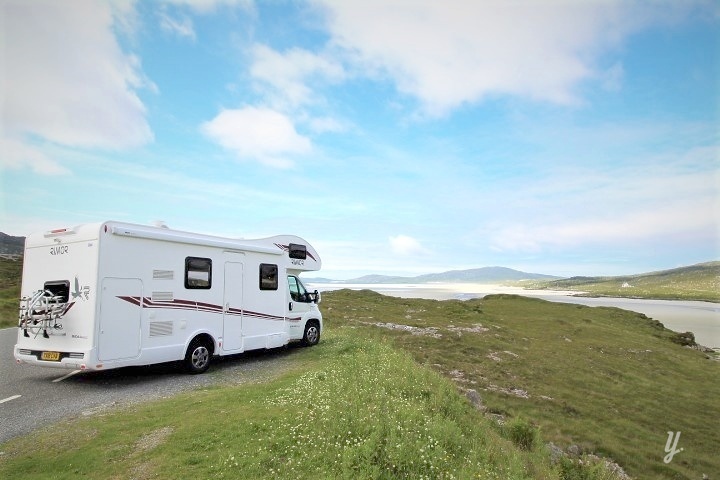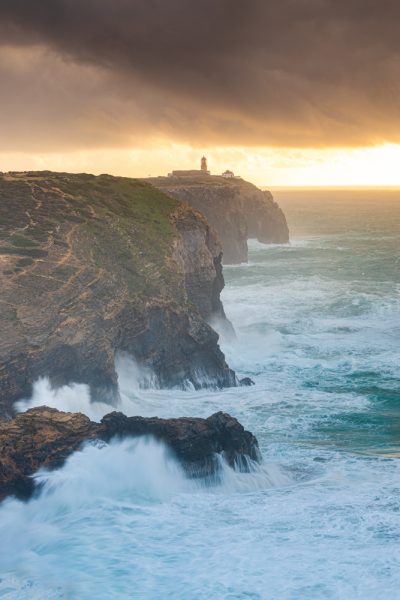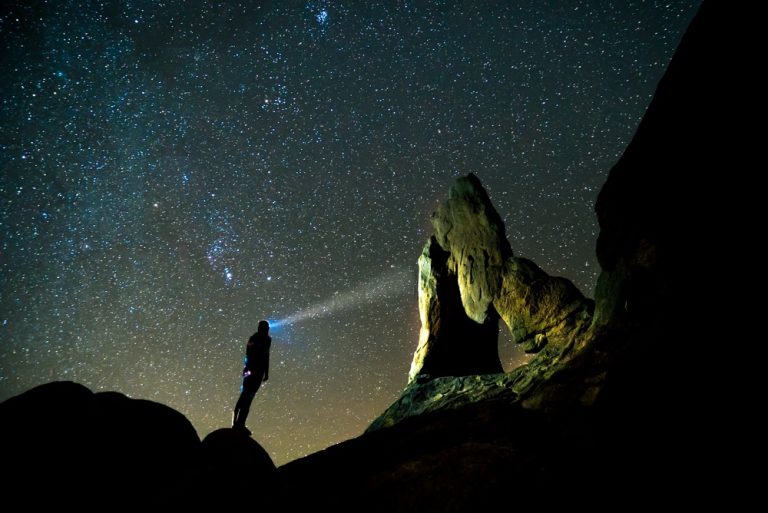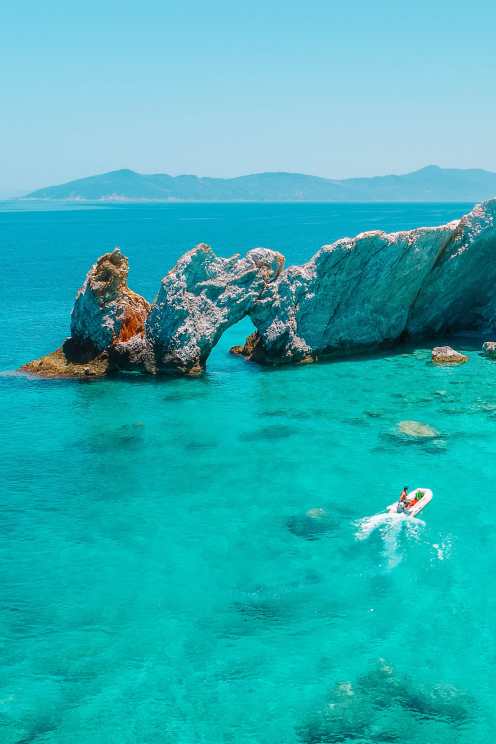The Galerie Gong live music venue at Dolní Vitkovice.
Here’s where to go in Ostrava for the perfect vantage points over the city’s unique landscape.
Day trip to Štramberk in the Beskydy Mountains.
One of the newer hotels, the Mercure Ostrava Center is a 4-star modern hotel housed in a historical building, minutes away from all the city landmarks and highlights. The vast breakfast spread is worth the extra budget.
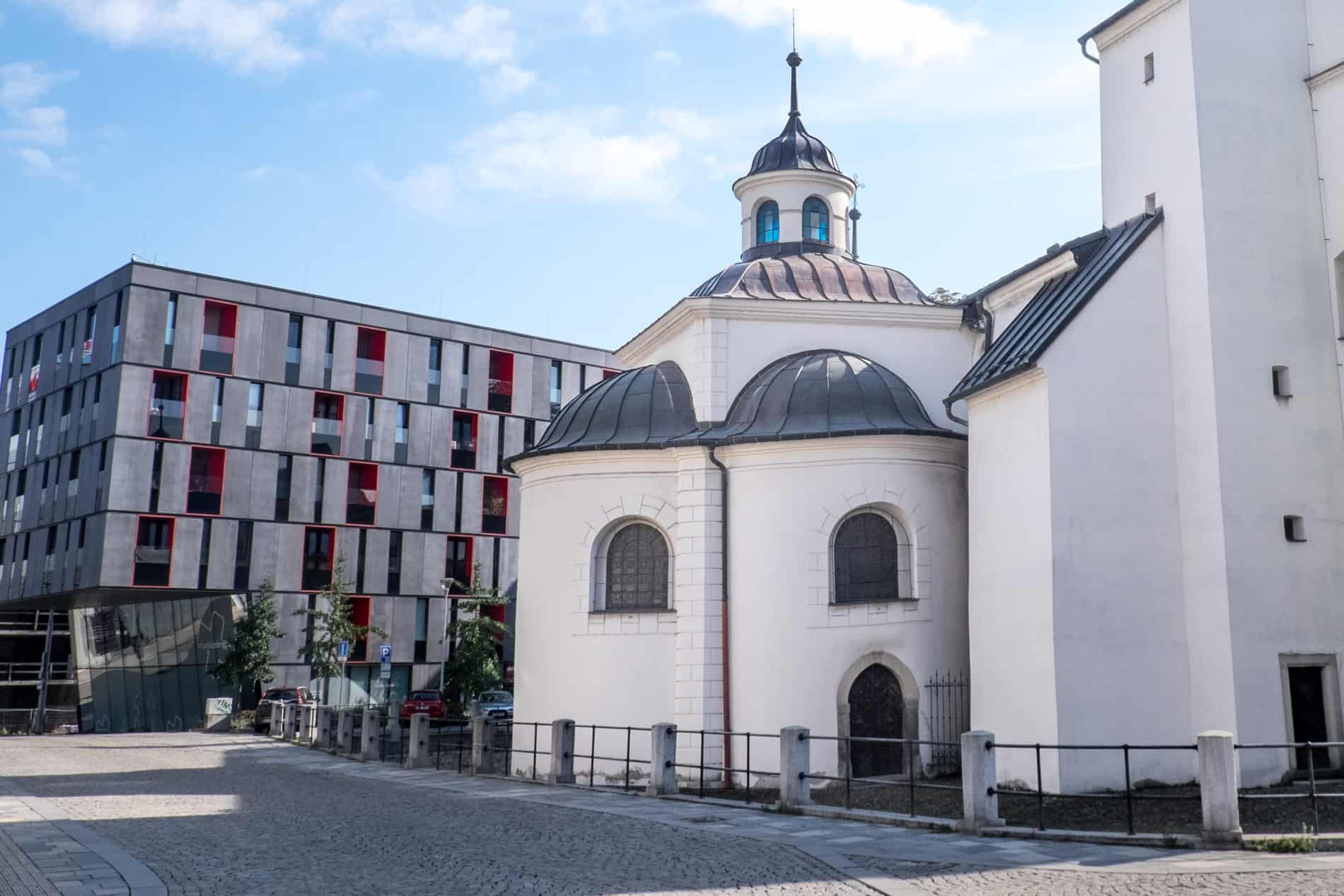
The History of Mining in Ostrava
1.5 hours south of Ostrava is the protected historical town of Štramberk which unfurls at the foot of the Beskydy Mountains, famous for the ‘Štramberk Ears’ baked gingerbread treat. You can take a Czech Railways (ČD) train there.
City hop – Brno is two hours from Ostrava.
 Visit the Gallery of Fine Arts in Ostrava.
Visit the Gallery of Fine Arts in Ostrava.
Where Is Ostrava?
Yet Ostrava is still massively overlooked, as it tries to shake off the lingering “black Ostrava” nickname of its mining heritage while vying for the attention of travellers heading straight for Prague at the other end of the country. Ready to see it differently? Here’s how.
Is Ostrava Worth Visiting?
Every July, the site becomes a pumping festival ground for the international music festival, Colours of Ostrava – the largest festival in the country.
What to See in Ostrava City Centre
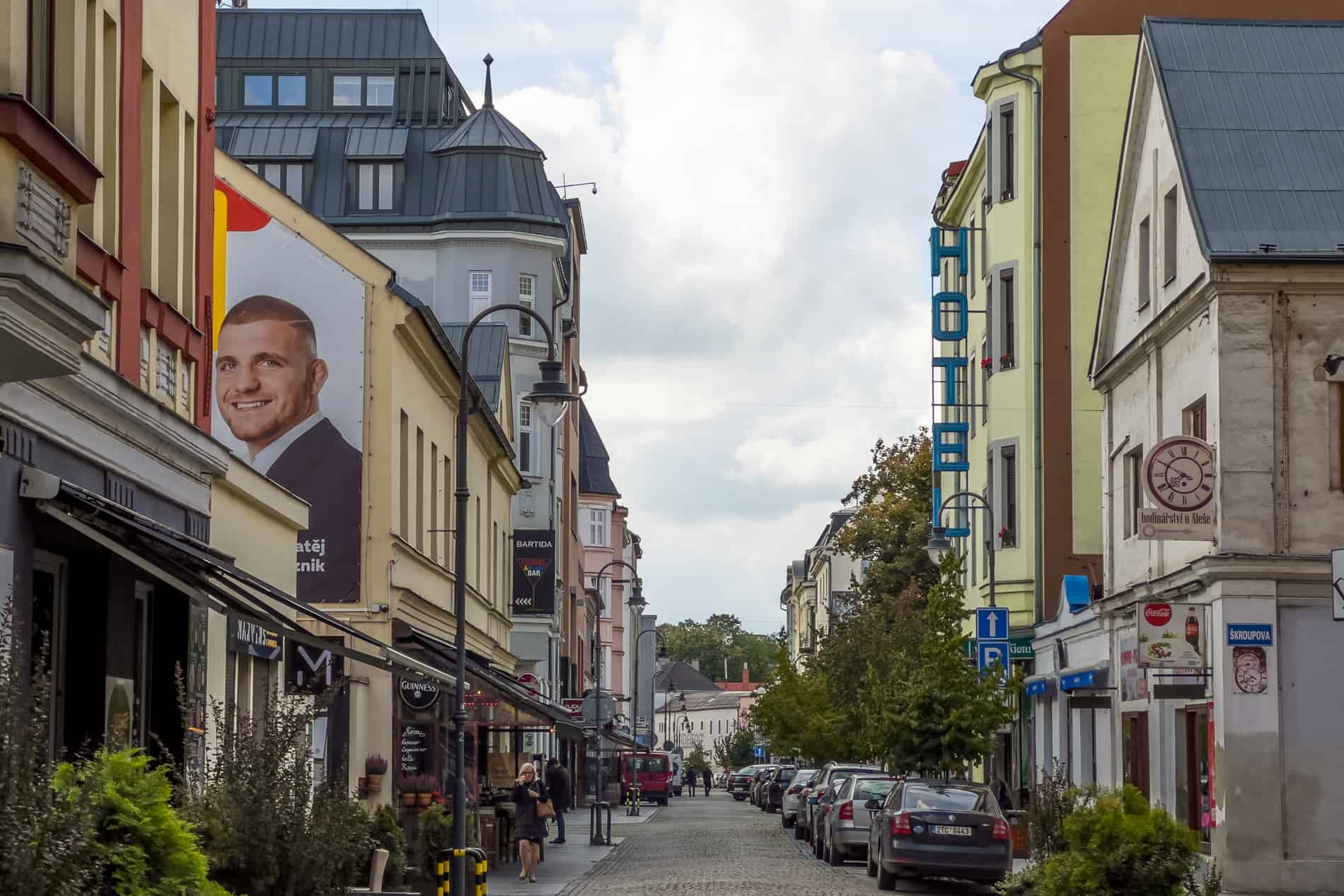
Find Old Ostrava in Masaryk Square
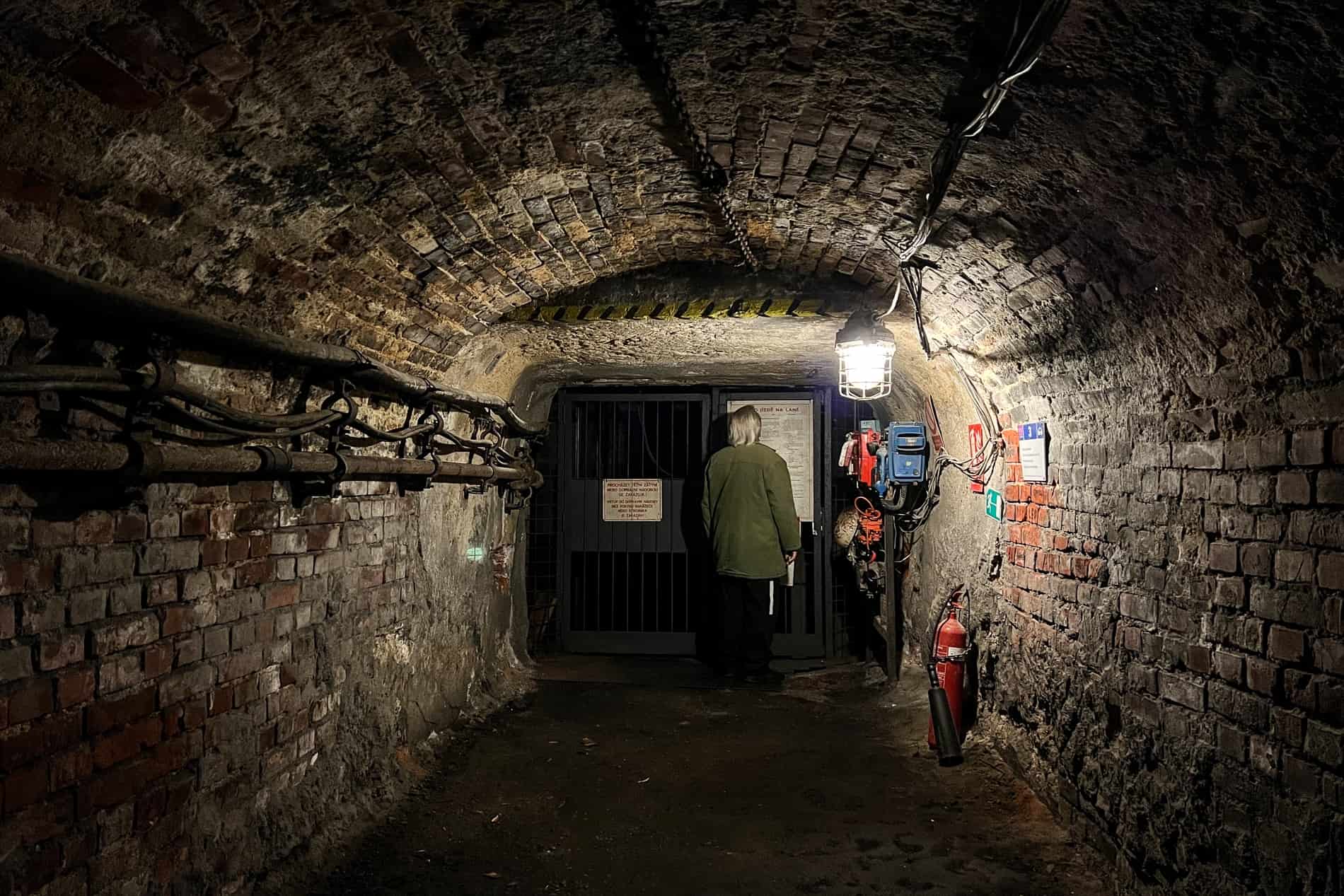
Ostrava New City Hall – the largest and highest city hall complex in the Czech Republic.
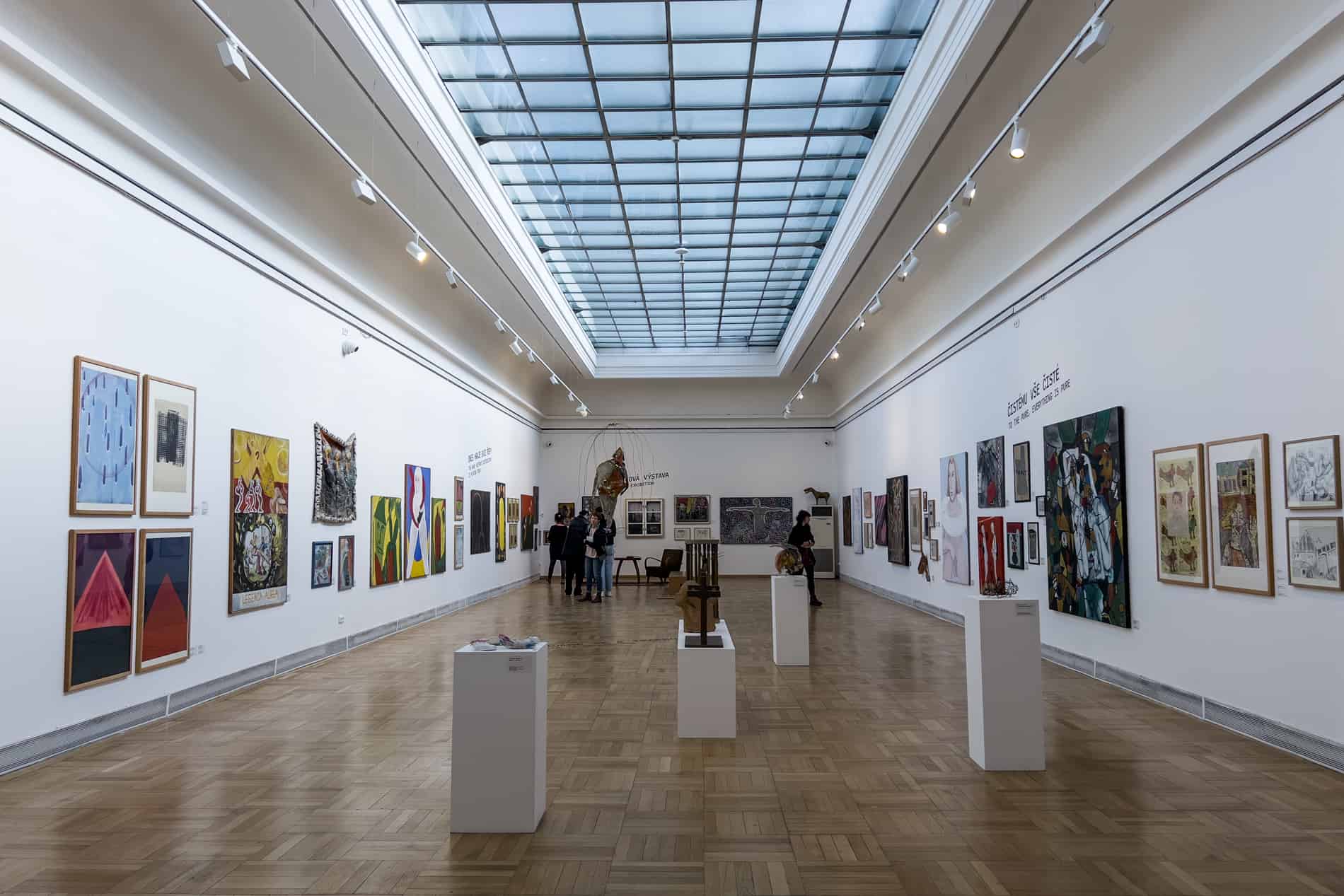
See the Madona Street Art Mural
Leoš Janáček Airport Ostrava is an International Airport 25km from the centre, reachable by the S4 train line. Ryanair flies between London Stansted and Ostrava.
Crossing the Miloš Sýkora bridge.
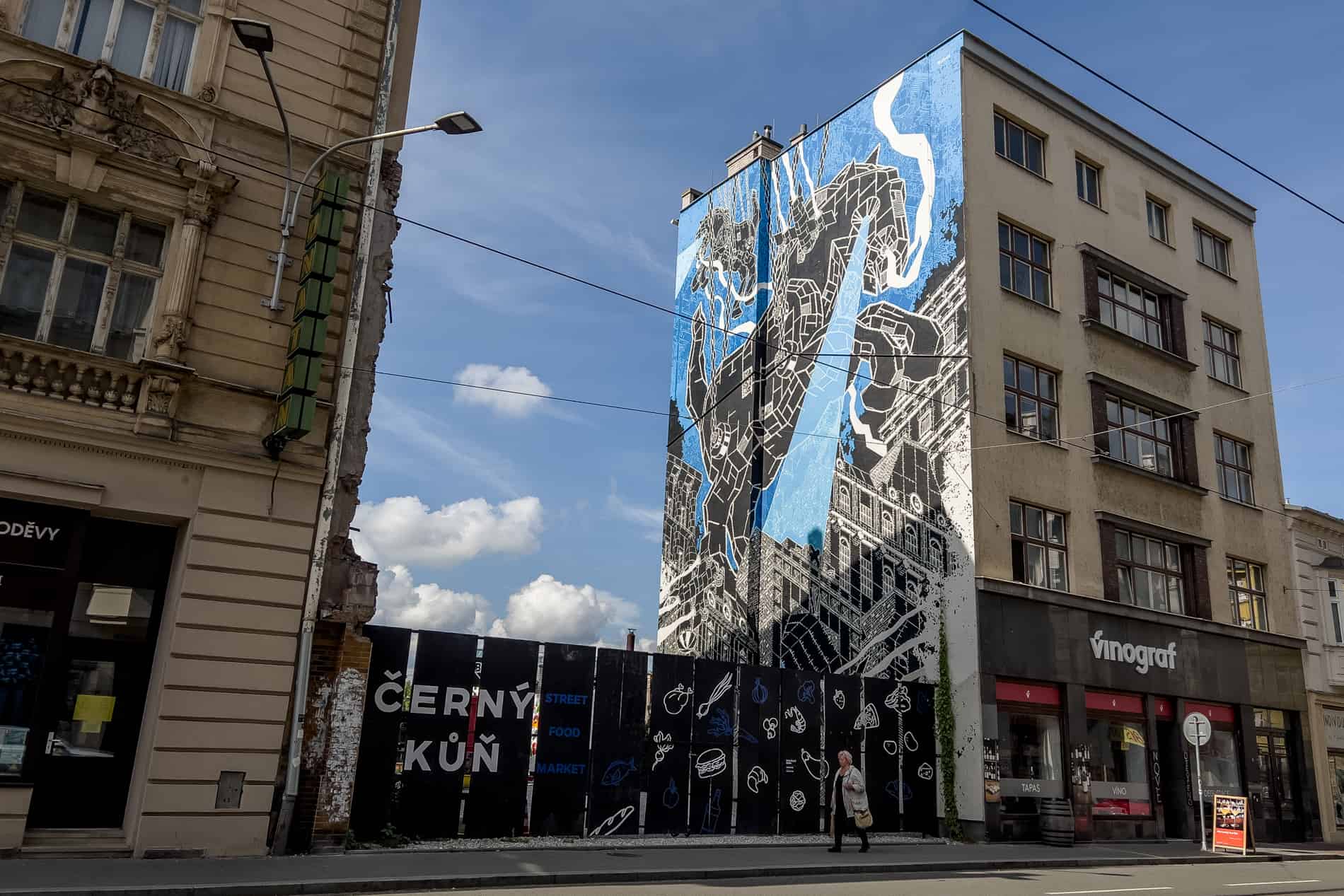

Gallery of Fine Arts in Ostrava
Clamber the city’s smouldering hill at 315 metres, affectionately dubbed Ostrava’s Volcano or Ostrava’s Mount Vesuvius. The name is in jest – the man-made smoking slag heap of Mound Ema was formed from a pile-up of 28 million tons of still active waste material from an old coal mine that was heated to extract the metal. It continues to burn deep underground.
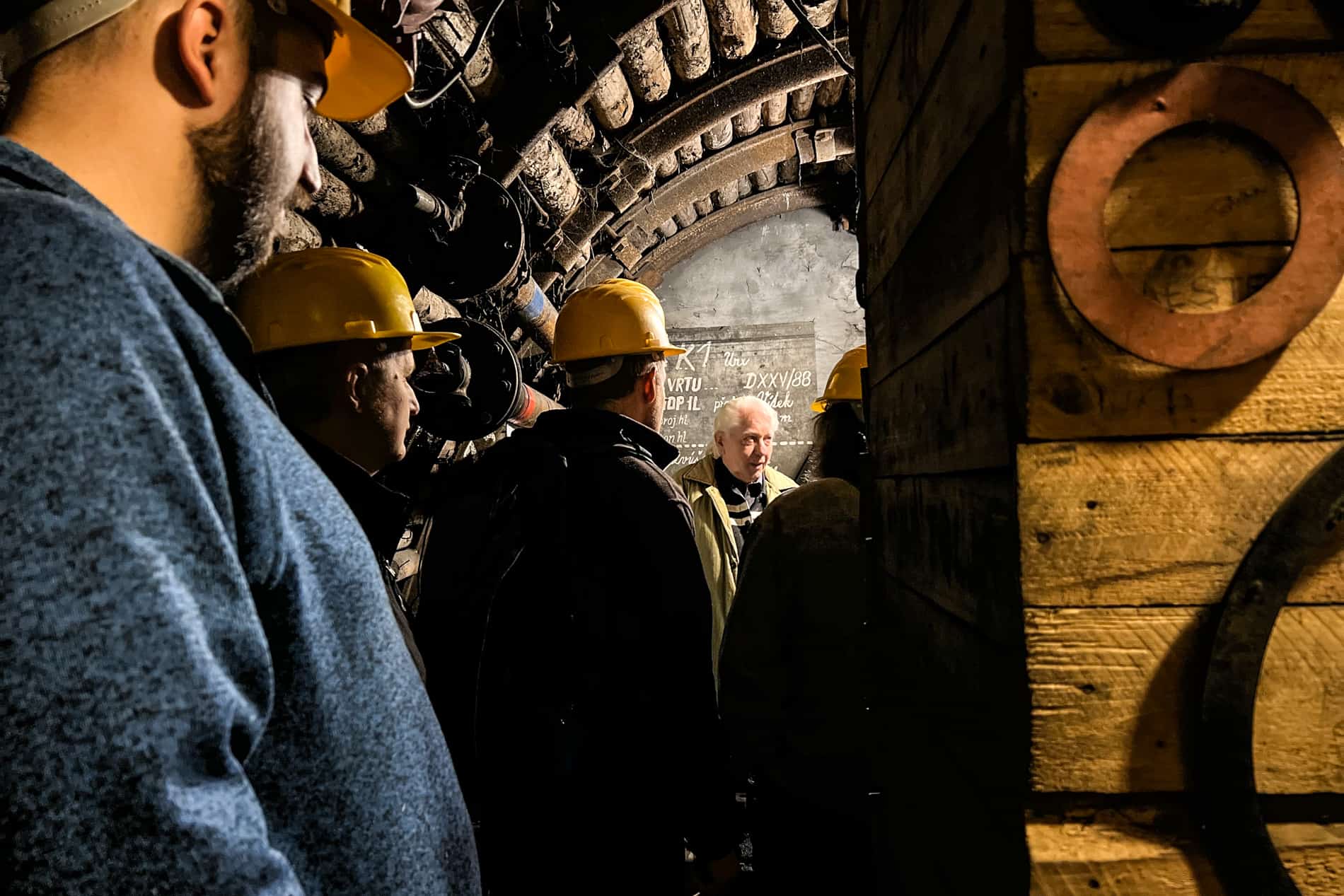

Plato Gallery of Contemporary Art
The still-smoking Mound Ema slag heap.
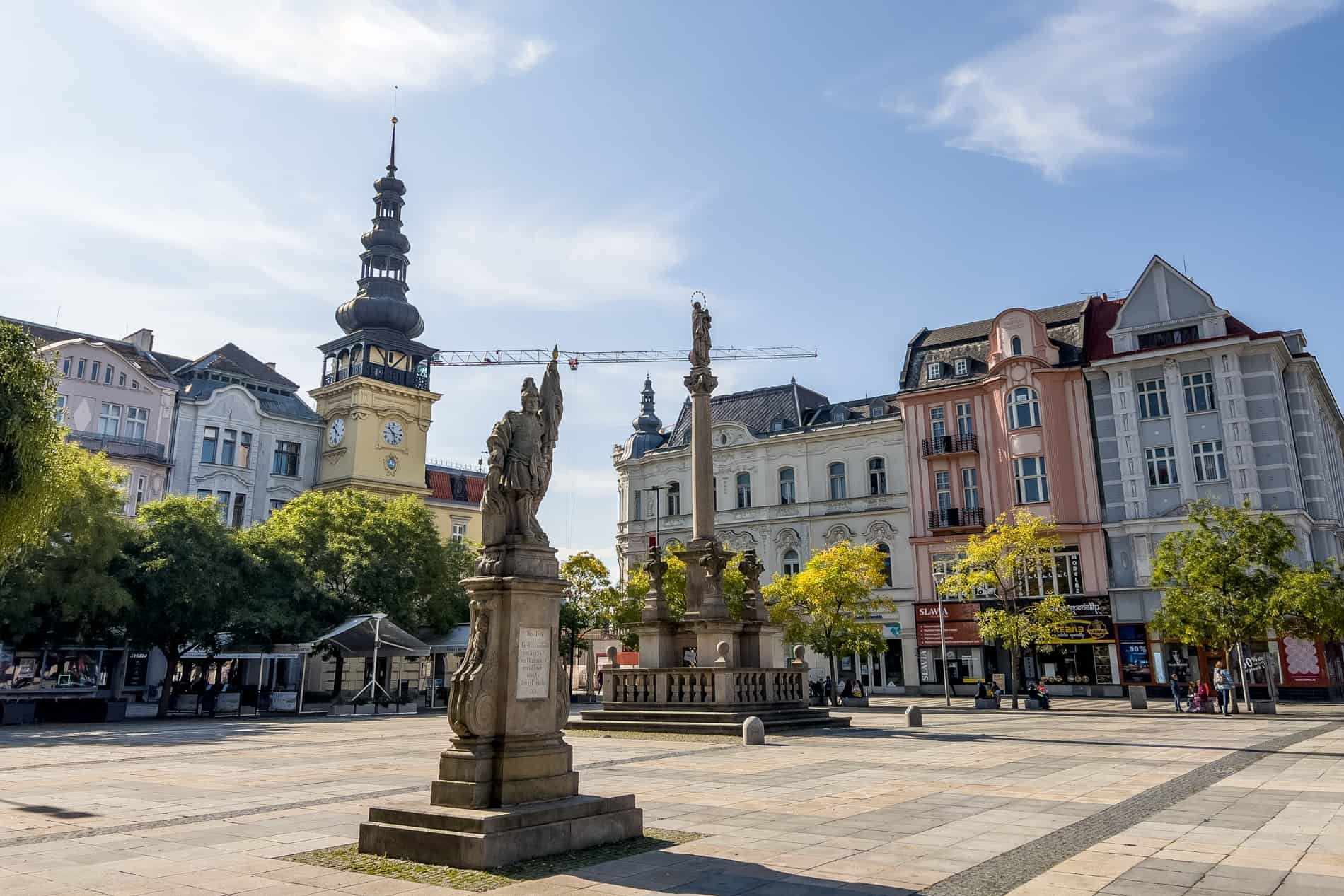
Walk, Bike and Kayak the Ostravice River
Landek Park Mine Museum, Ostrava
The Best Viewpoints in Ostrava
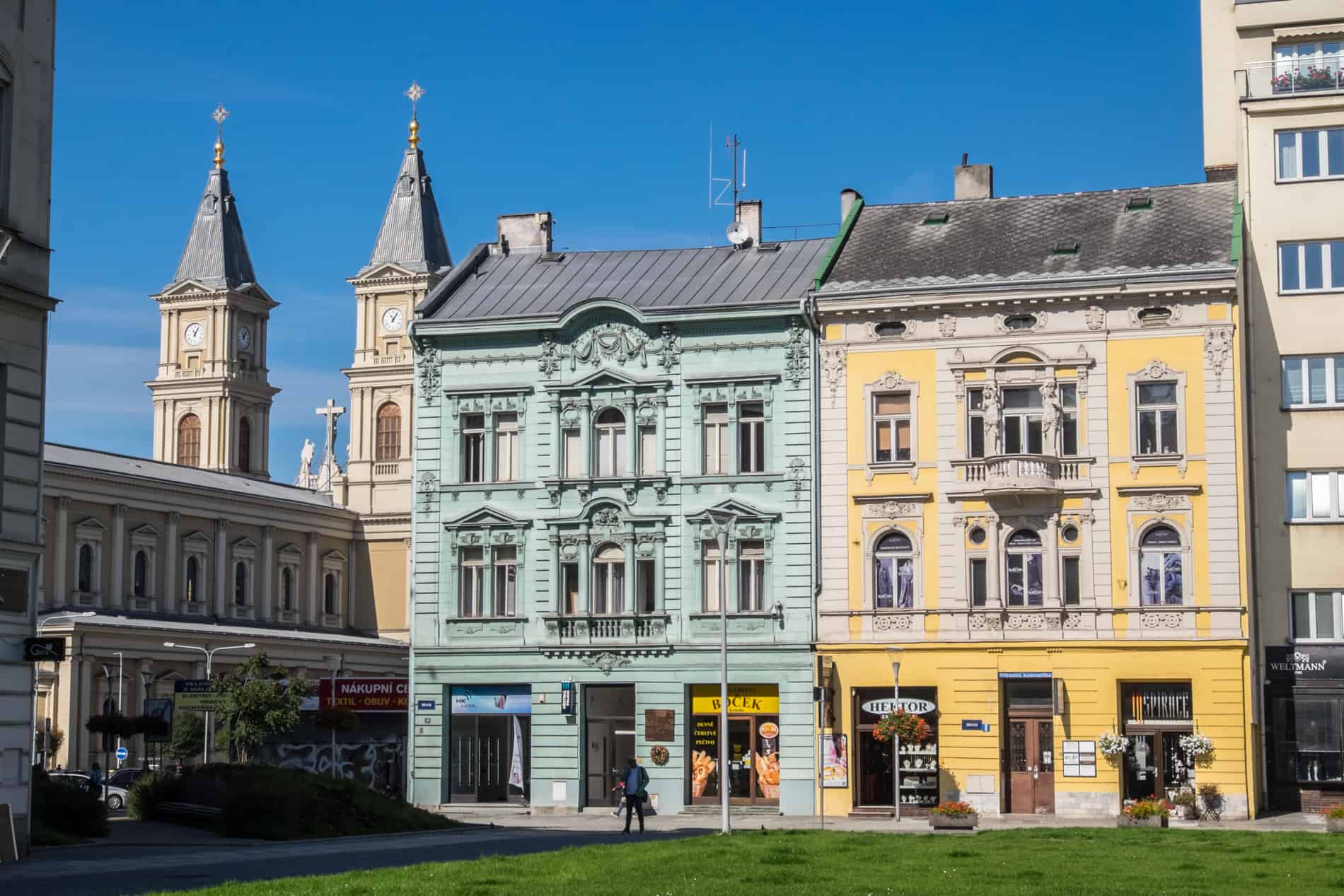
Ostrava New City Hall Viewing Tower
Off the beaten tourism trail, Ostrava is not the first city people think to visit in the Czech Republic. The capital of the Moravian-Silesian Region is wedged in the far north-eastern pocket of the country that meets the borders of Poland and Slovakia and is often overshadowed by Brno 170km below it, the quirky and cool capital of South Moravia.
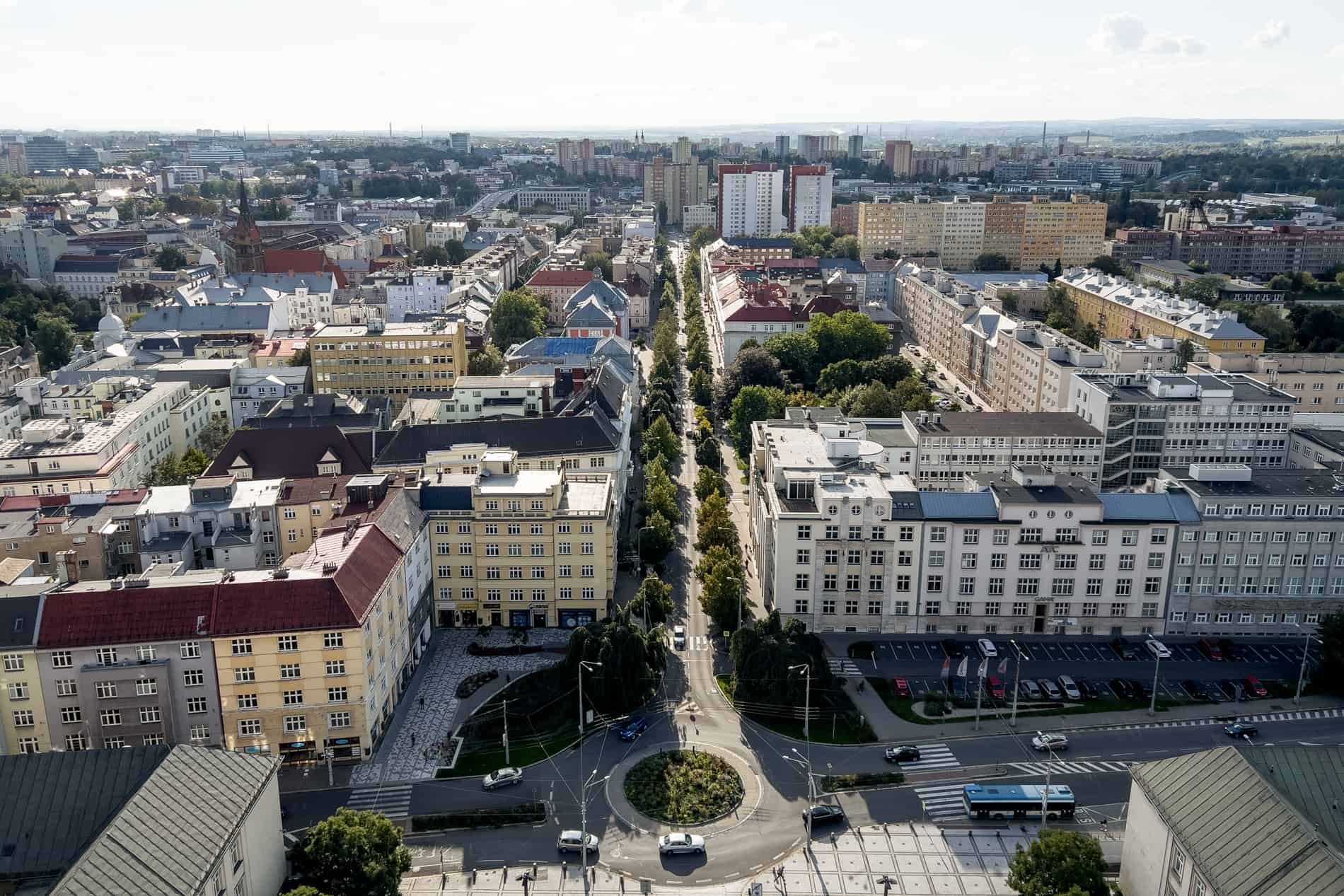 Ostrava city centre is walkable, but you can also use the public transport network to access the surrounding areas such as Dolni Vitkovice and Poruba. Look out for the turquoise buses, trams, and trolleys. You can use contactless payment – tap your card on the yellow terminals next door or download the MojeDPO app and purchase a ticket online. The Nextbike App shows you where the nearest share bike is located – you get the first 15 minutes for free.
Ostrava city centre is walkable, but you can also use the public transport network to access the surrounding areas such as Dolni Vitkovice and Poruba. Look out for the turquoise buses, trams, and trolleys. You can use contactless payment – tap your card on the yellow terminals next door or download the MojeDPO app and purchase a ticket online. The Nextbike App shows you where the nearest share bike is located – you get the first 15 minutes for free.
Open: Daily, March – October 9:00 AM – 19:00 PM, November – February 9:00 AM – 17:00 PM. Tickets, 60 CZK (€2.50).
Hike Ostrava’s Volcano, Mound Ema
Inside the Plato Gallery of Contemporary Art at the former Bauhaus craft shop.
At the former Michal coalmine site in Michálkovice east of Ostrava’s centre, this preserved site is a time capsule of when the last miners went home on 2nd June 1994. On the “Miner’s Journey to Work” tour” see the dressing rooms and offices, engine halls and boiler rooms, and even the miner’s Pub – this national cultural monument keeps everything as it was in the original condition from 1912 – 1915.
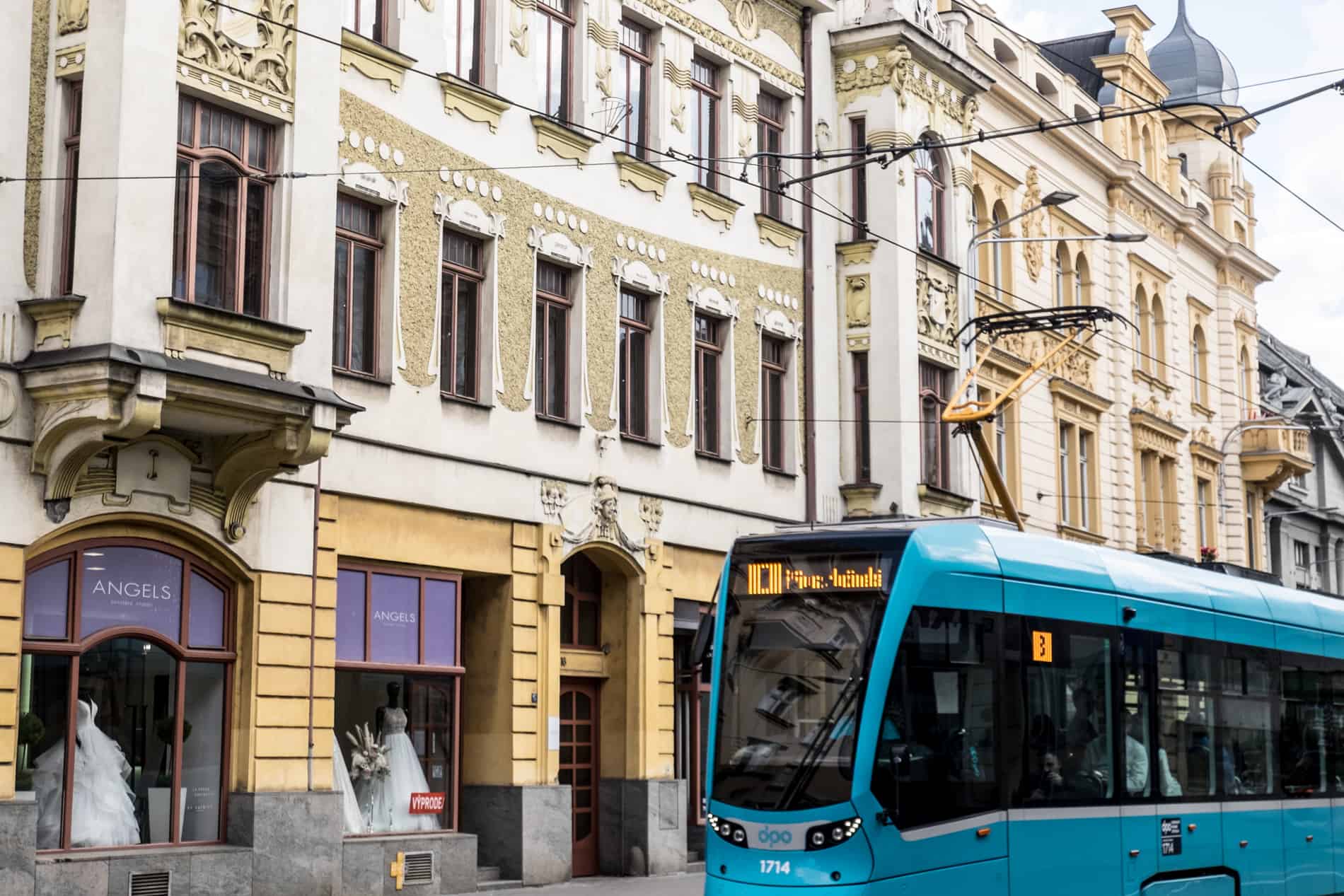
The Bolt Tower – Ostrava’s Highest Geographical Point
Take a tour of the shafts of the former mine of Anselm.
It’s the highest point in Ostrava at 78 meters, dominating the skyline of Ostrava with a new perspective over the city. It’s named after Usain Bolt, who inaugurated the site in May 2015, a regular visitor in Ostrava for the annual Golden Spike athletics event.
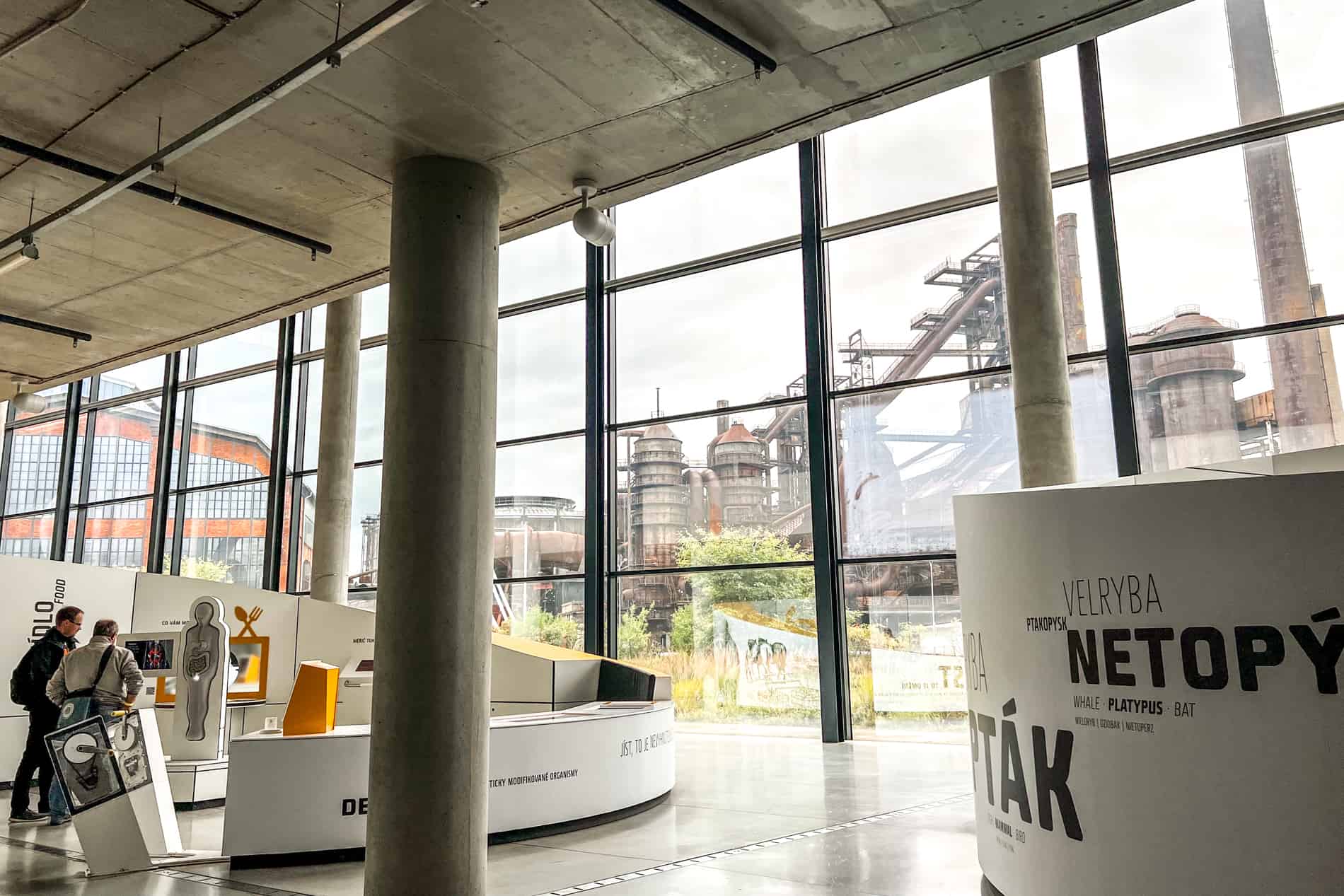 The elegant and minimalist design hotel, Hotel city.city, is north of the centre but conveniently located next to the main train station, and the modern 4 Pokoje guesthouse is west. The heart of the city is accessible from both via a 5-minute tram.
The elegant and minimalist design hotel, Hotel city.city, is north of the centre but conveniently located next to the main train station, and the modern 4 Pokoje guesthouse is west. The heart of the city is accessible from both via a 5-minute tram.
Open: Monday-Sunday 10:00 AM – 18:00 PM. A reservation is required to visit the Bolt Tower, which you can book online. Entry is 200 CZK (€8), which includes access to the café.
Things to Do in Ostrava – Repurposed Mining Relics
Ostrava’s underground city monuments remember its heritage and its people. While closing the mines was great for the environment, it also left behind an unemployed generation of people. Repurposing the sites for educational tourism helped turn that around, with some site tours run by former miners and rescuers.
Dolní Vitkovice – Ostrava’s Former Ironworks Site
You wouldn’t know from a distance that this site has been reinvigorated into a cultural centre that’s filled its empty spaces. Alongside site tours and the Bolt Tower viewing platform, there’s a climbing wall in the place of a former mine, the interactive Svet Techniky (Science and Technology) Museum in a hanger building, a concert auditorium in the former gas collector, and the Heligonka cabaret club and Etaz cinema in the old worker’s buildings.

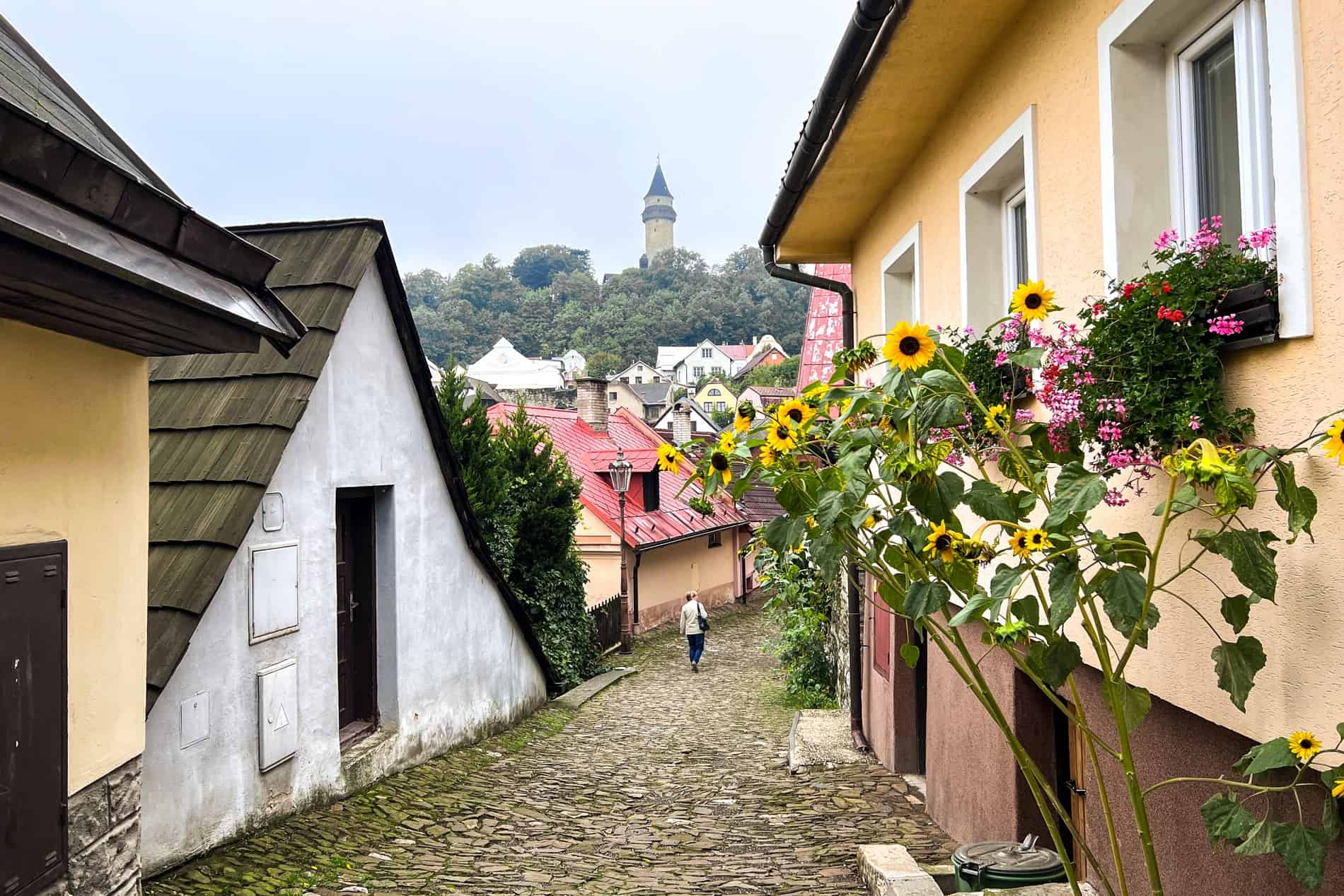
Combining Ostrava with Brno? Underground labyrinths, unique sculptures, bunkers and secret bars fill the Czech Republic’s second-largest city. Read my article about all the unusual things to do in Brno.
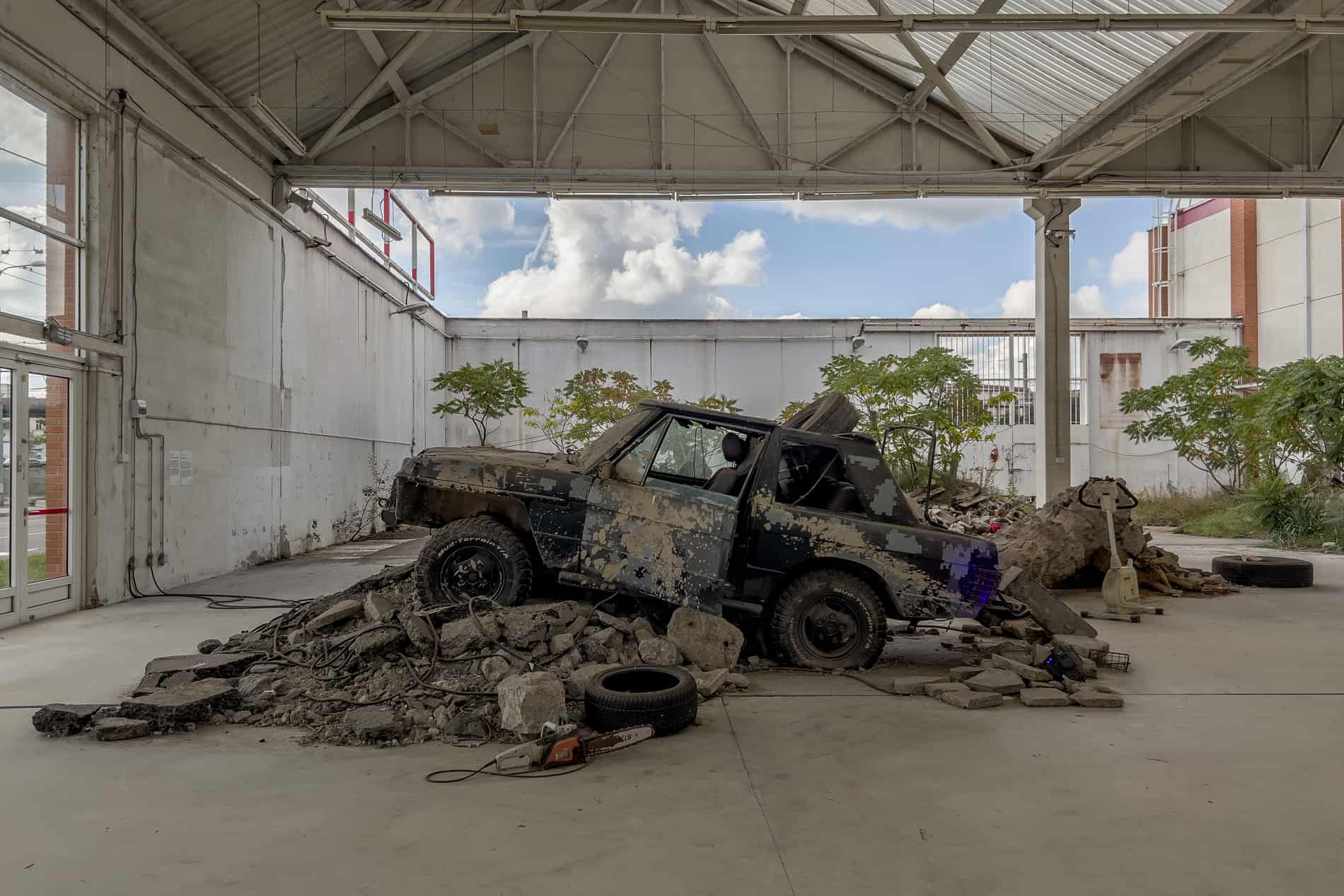
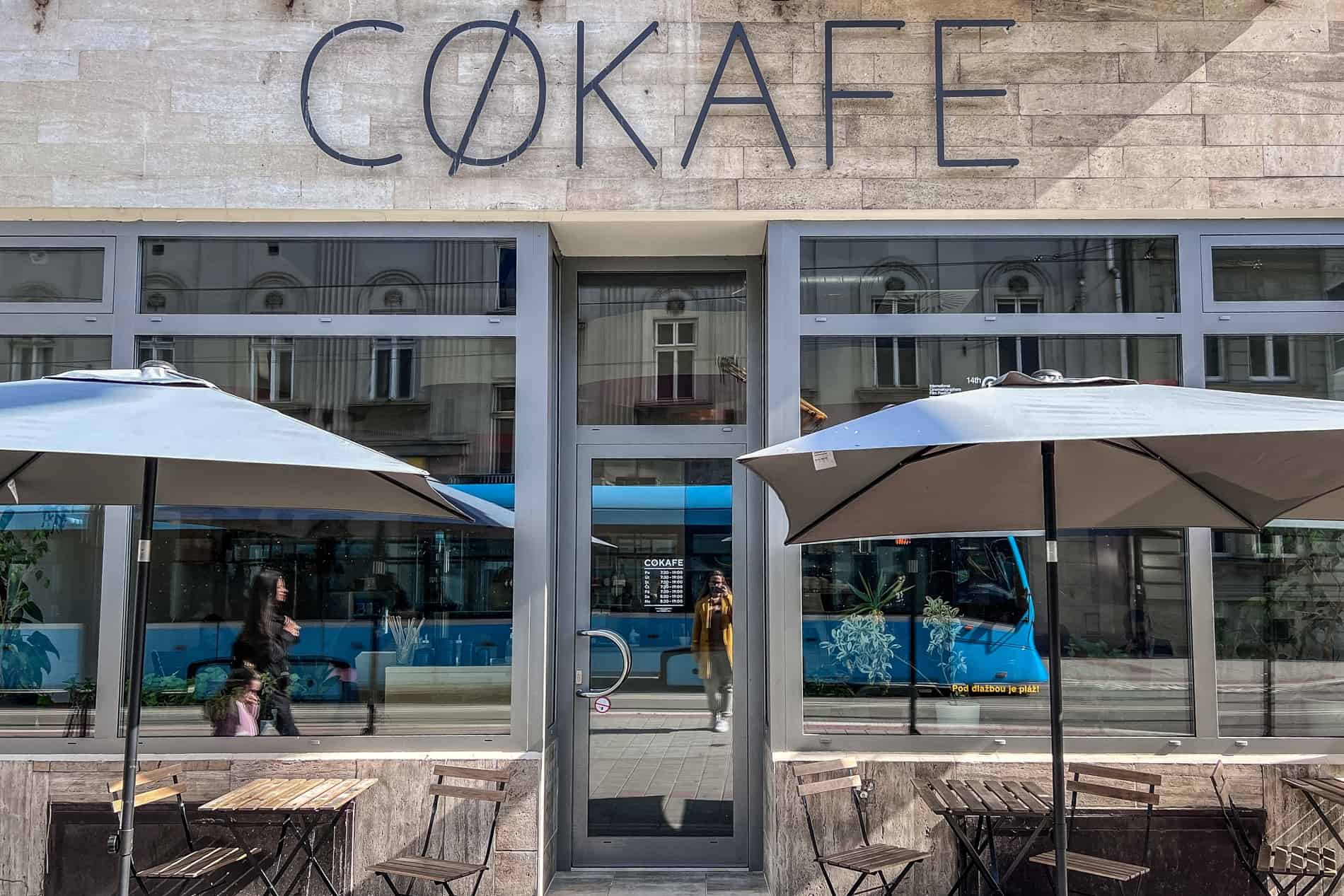
The Ostravská Madona – the symbol of the city.
Get there: Tram 1, stop at Dolni Vitkovice. Tram 2, stop at Dolni Vitkovice Hlubina.
Landek Park Mine Museum – Go Into a Shaft
A 2.5-hour journey northwest of Ostrava lands you in the natural paradise of the Jeseníky mountains and the spa town of Karlova Studánka, where you can hike the Bílá Opava – one of the most beautiful trails in the peaks of North Moravia. You can get there by the Arriva bus service.
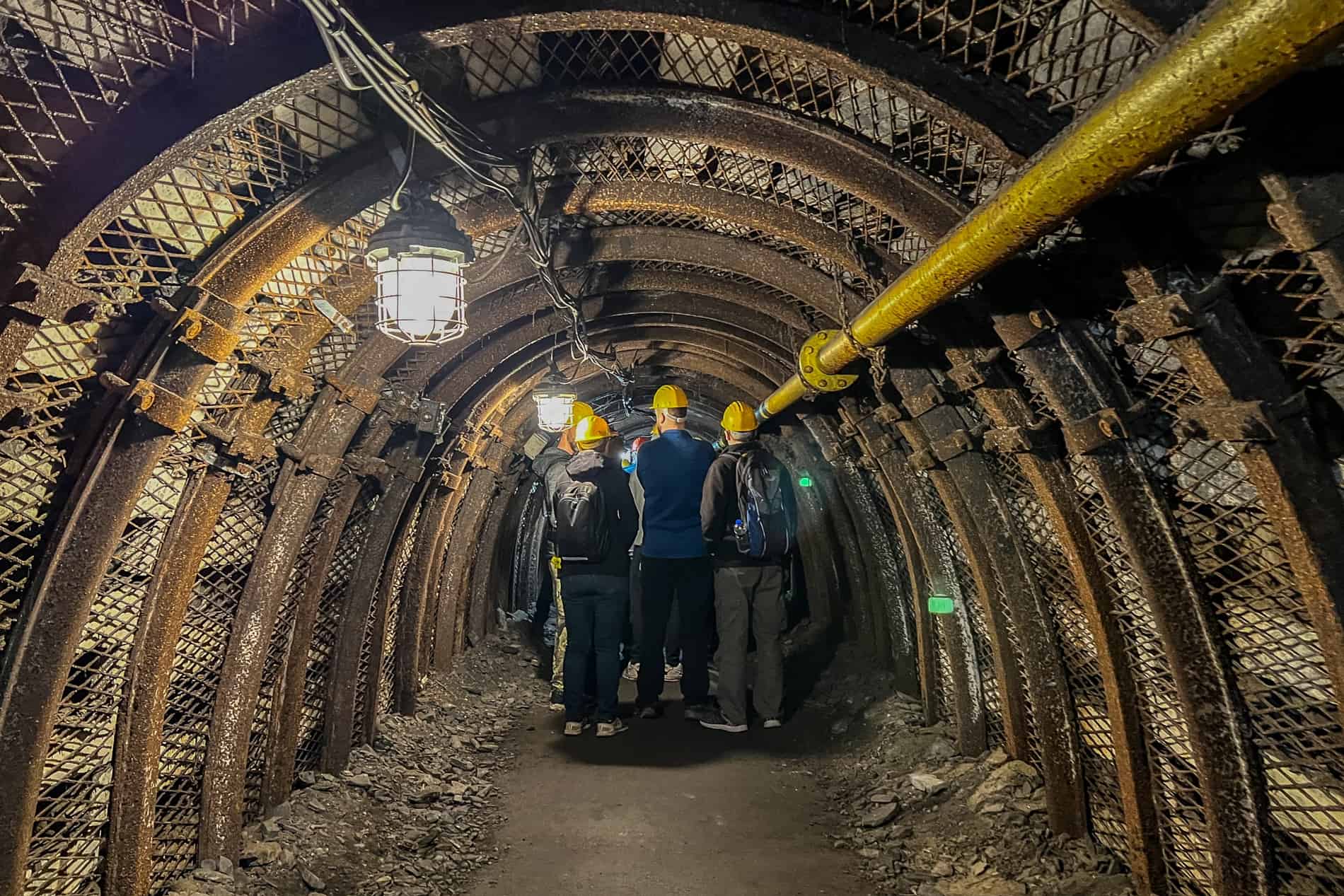
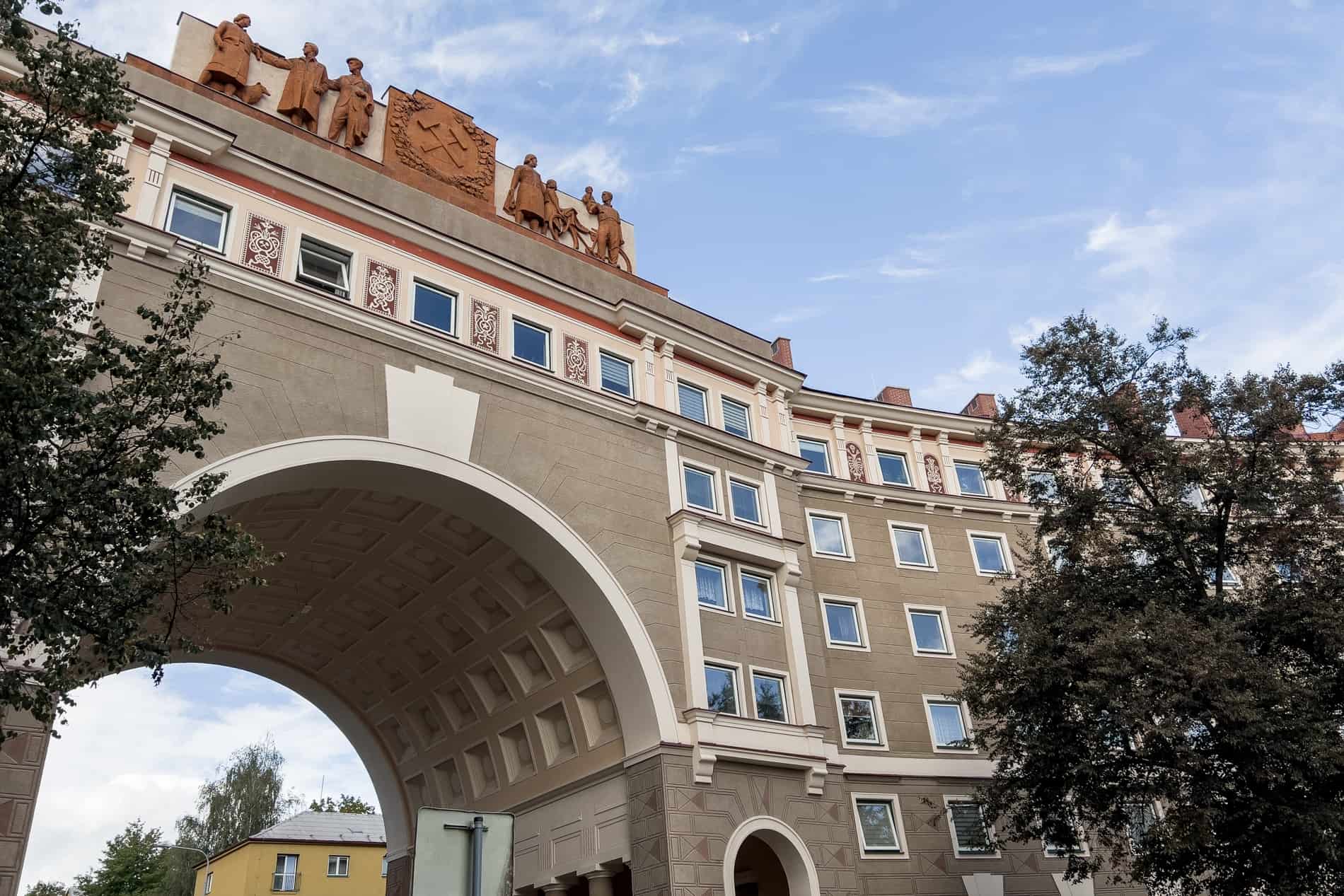
In a two-decade-long progressive cultural revival, Ostrava repurposed the relics and empty shells of its industrial past into educational and artistic spaces. It turned the site of its first ironworks into a stage for the annual Colours of Ostrava music festival, now one of the biggest music events in Central Europe. The once drab and functional city centre teems with culinary hotspots, speciality coffee shops, concept design stores and urban art.

Michal Coalmine – As It Was Left
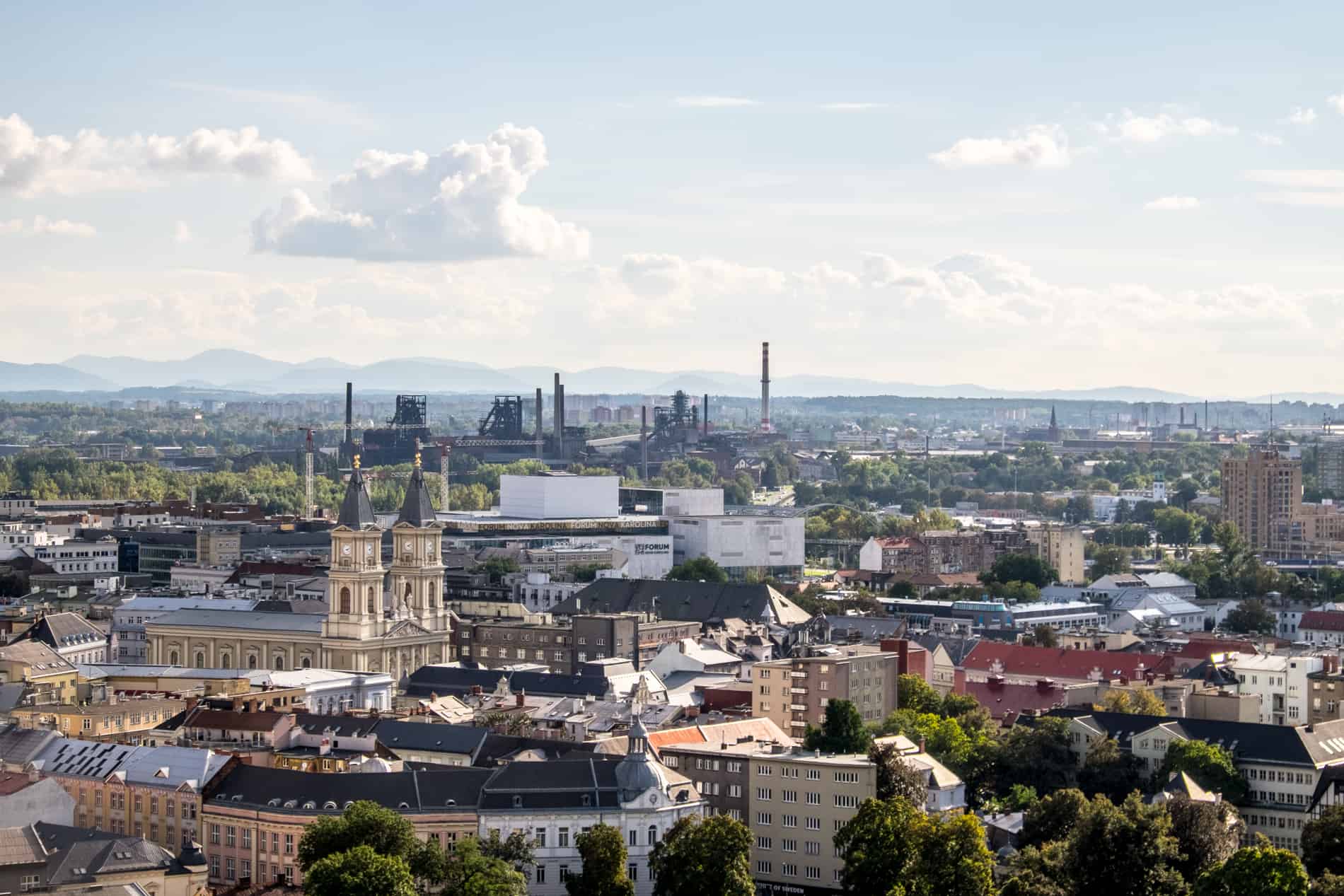
Before the First World War, Ostrava wasn’t a dazzling Habsburg cultural centre like Prague but an economic and industrial bastion of the Empire sitting on a coal basin. The Dolni Vitkovice ironworks was built in 1828 to produce the materials for the bourgeoning railroad network. Post-Second World War Communist Czechoslovakia kept the industry on full throttle, and Ostrava became a worker’s “city of coal and iron”, and the excelled “steel heart of the republic”.
Disclosure: This Ostrava travel guide has been created in partnership with Visit Czech Republic and Moravian-Silesian Region Tourism to showcase a lesser-known side of the country. All opinions remain my own.
Poruba – Communist Era Worker’s District
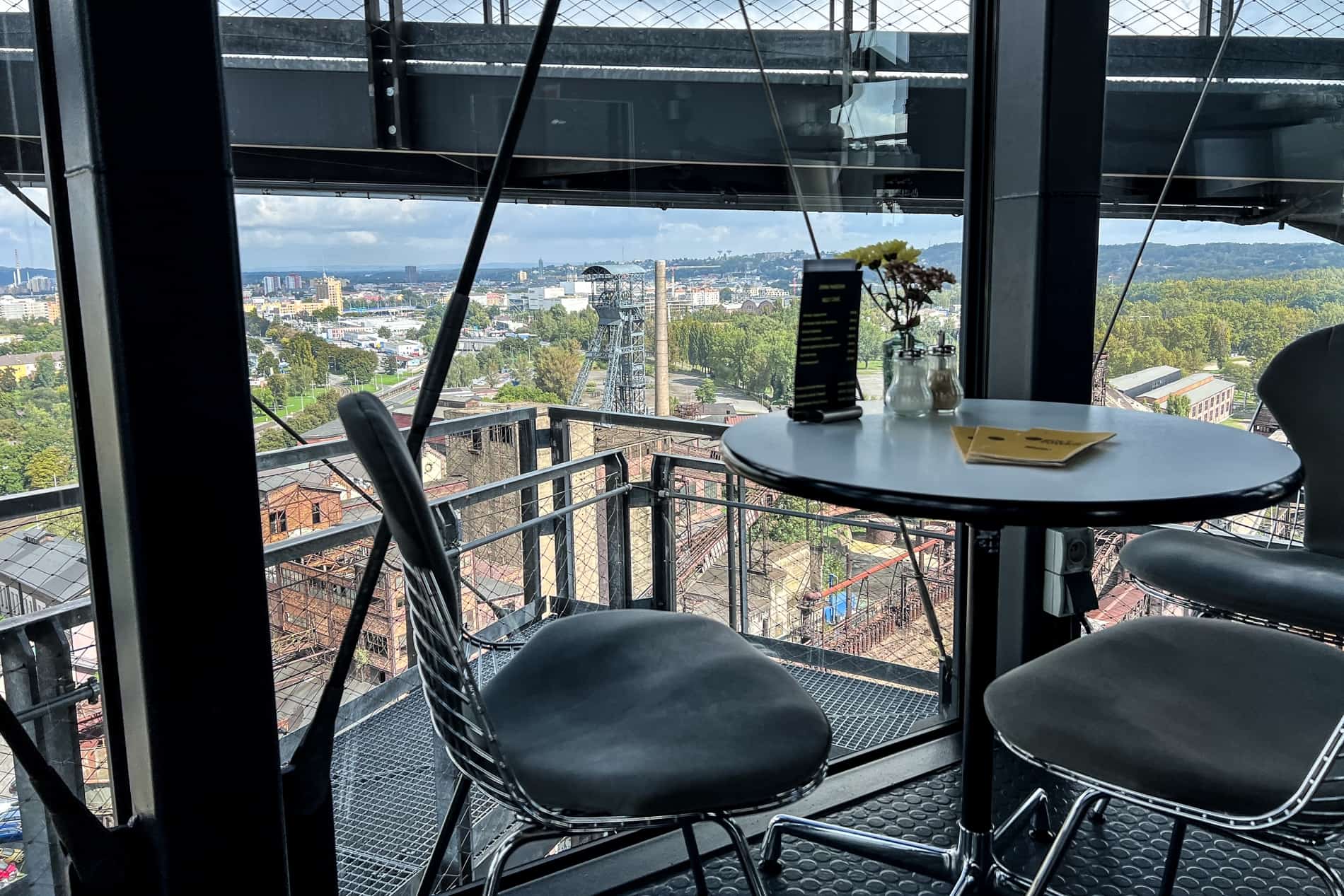
Culinary and Café Culture in Ostrava
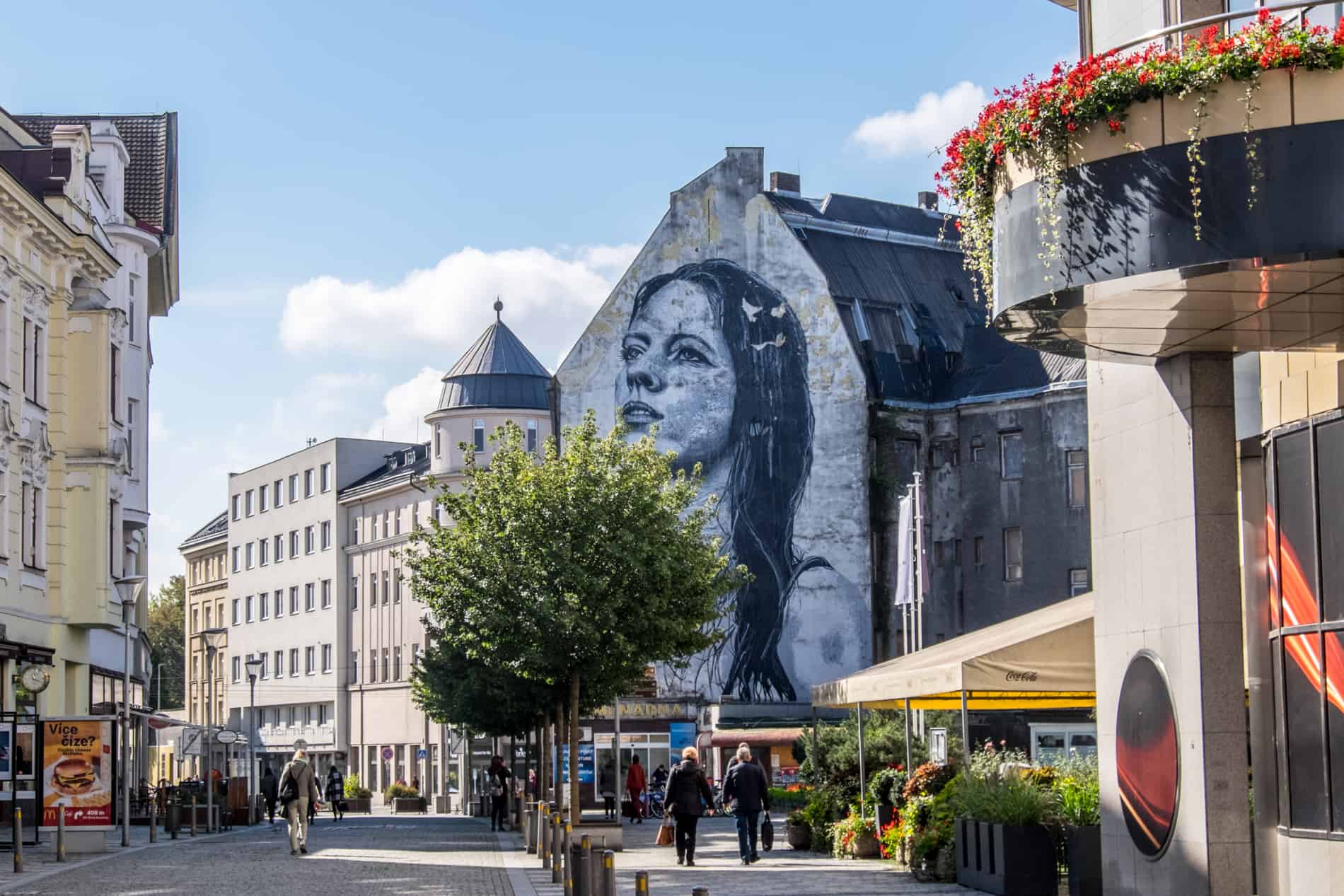
The Best Coffee Shops in Ostrava
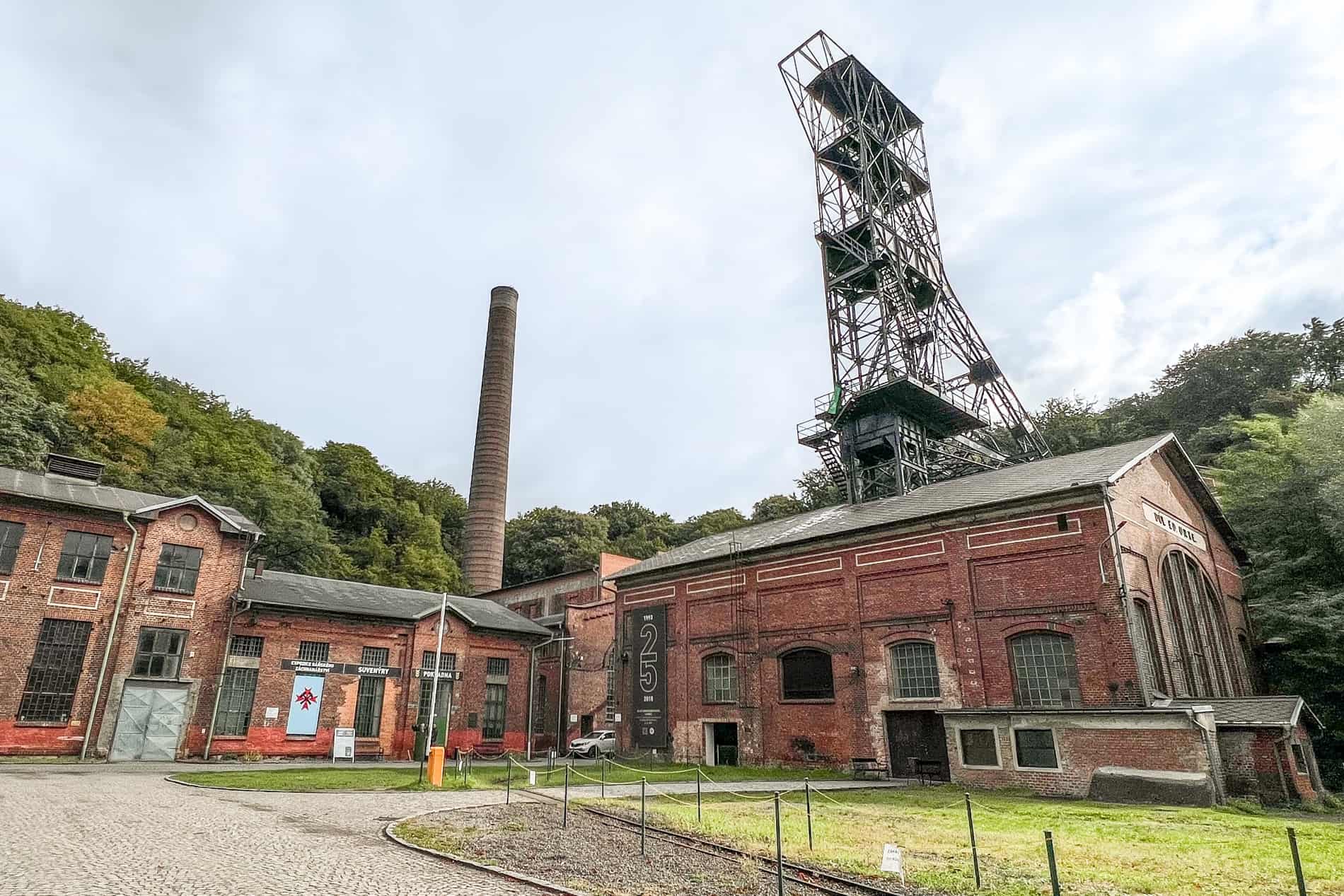
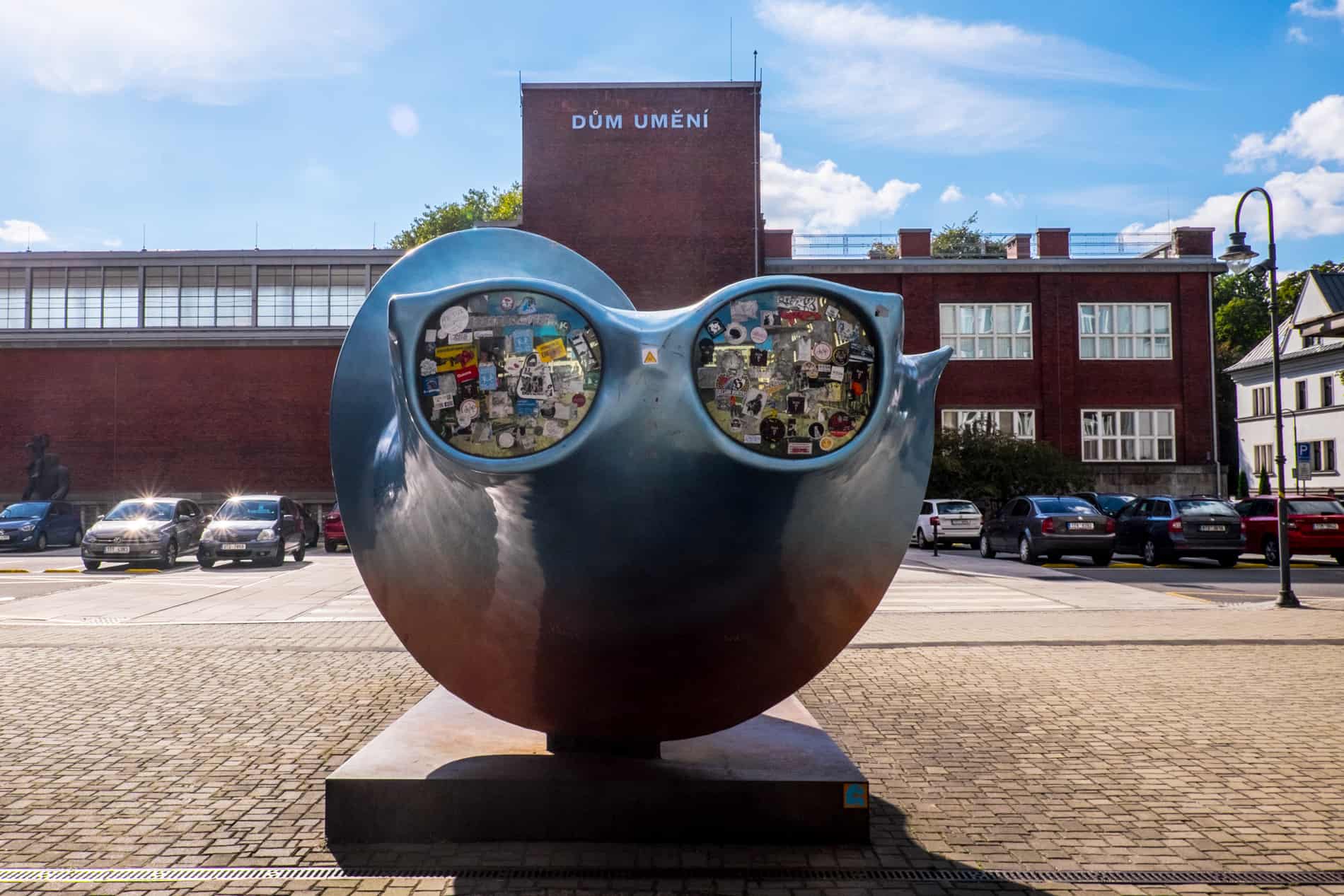
Where to Eat in Ostrava
Svet Techniky (Science and Technology) Museum in a repurposed industrial building.
A former lane of slaughterhouses turned party avenue of bars, pubs, and dive clubs, Stoldoni Street makes every list of things to do in Ostrava. It’s rowdy, rough around the edges, and not necessarily a vibe for everyone. However, establishments like the Modrá myš cocktail bar add a touch of elegance, continuing the traditions of the former Blaue Maus American bar that closed in 1925.
Nightlife in Ostrava Beyond Stoldoni Street
Dolní Vitkovice – Ostrava former ironworks was the city’s first major industry site.
Ostrava’s nightlife is not just limited to Stoldoni Street.
Day Trips From Ostrava
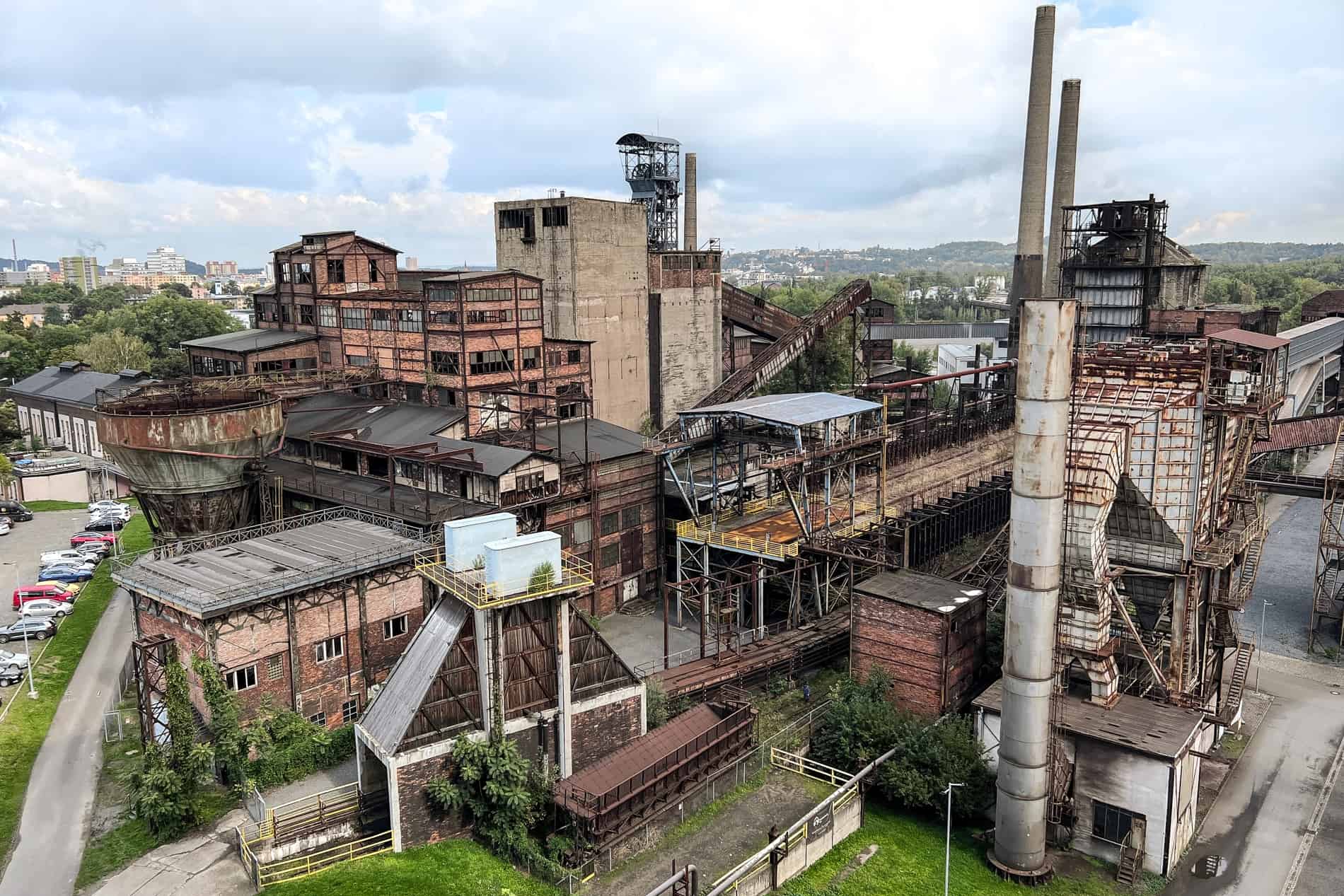
Karlova Studánka, Jeseníky Mountains
Given the history of Ostrava and its edgy artistry to bring colour to the city, it’s a perfect canvas for more street art to appear.
Štramberk, Beskydy Mountains
Disclaimer: This post contains affiliate links to handpicked partners, including tours, gear and booking sites. If you click through or buy something via one of them, I may receive a small commission. This is at no extra cost to you and allows this site to keep running.
City-hopping, Brno
Tours: Only open April-October. Admission is 110 CZK (€4.50).
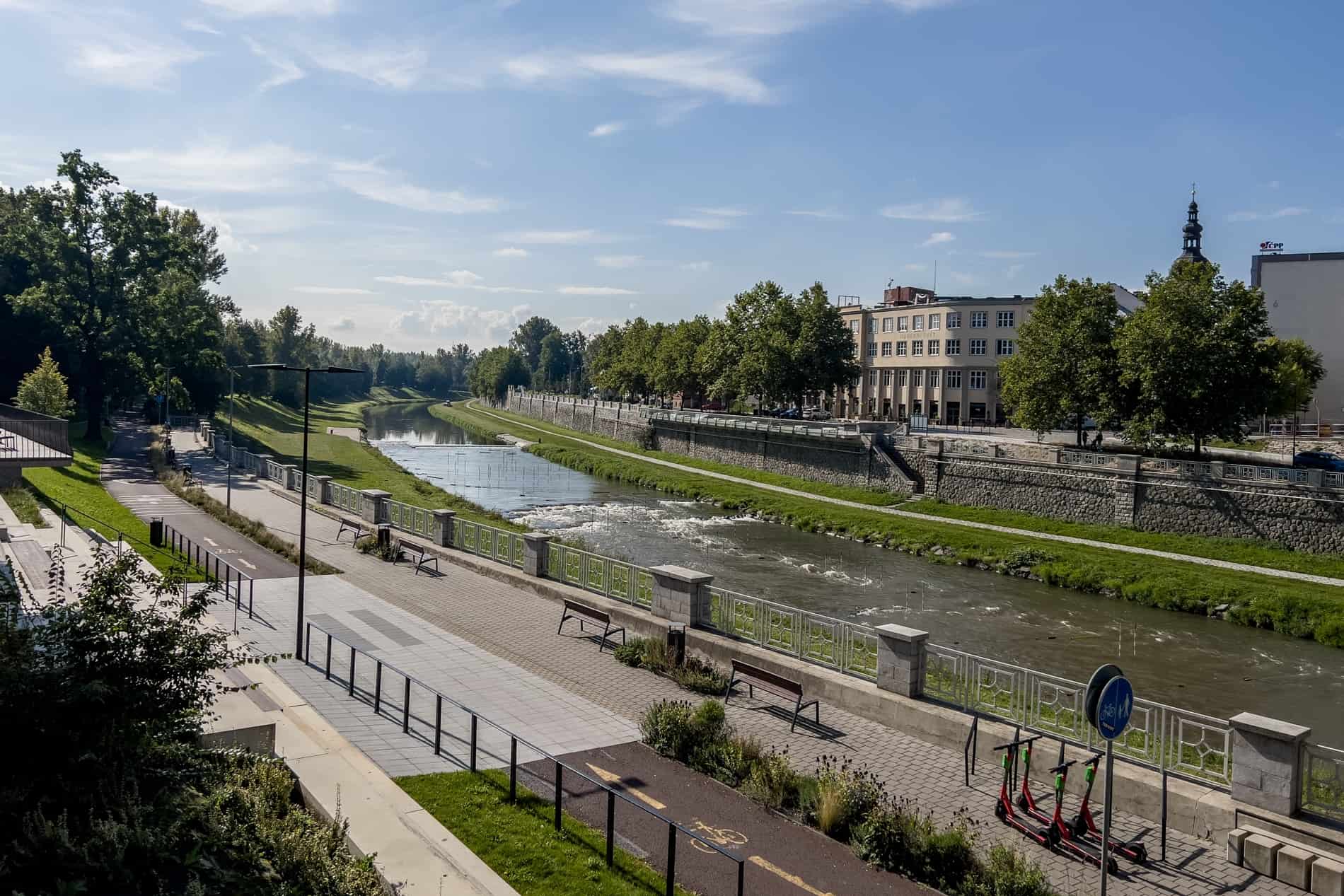 Get there: Bus 23, 49, 97, or Trolley 104, stop at Michálkovice.
Get there: Bus 23, 49, 97, or Trolley 104, stop at Michálkovice.
Travel to Ostrava, Czech Republic – Practical Tips
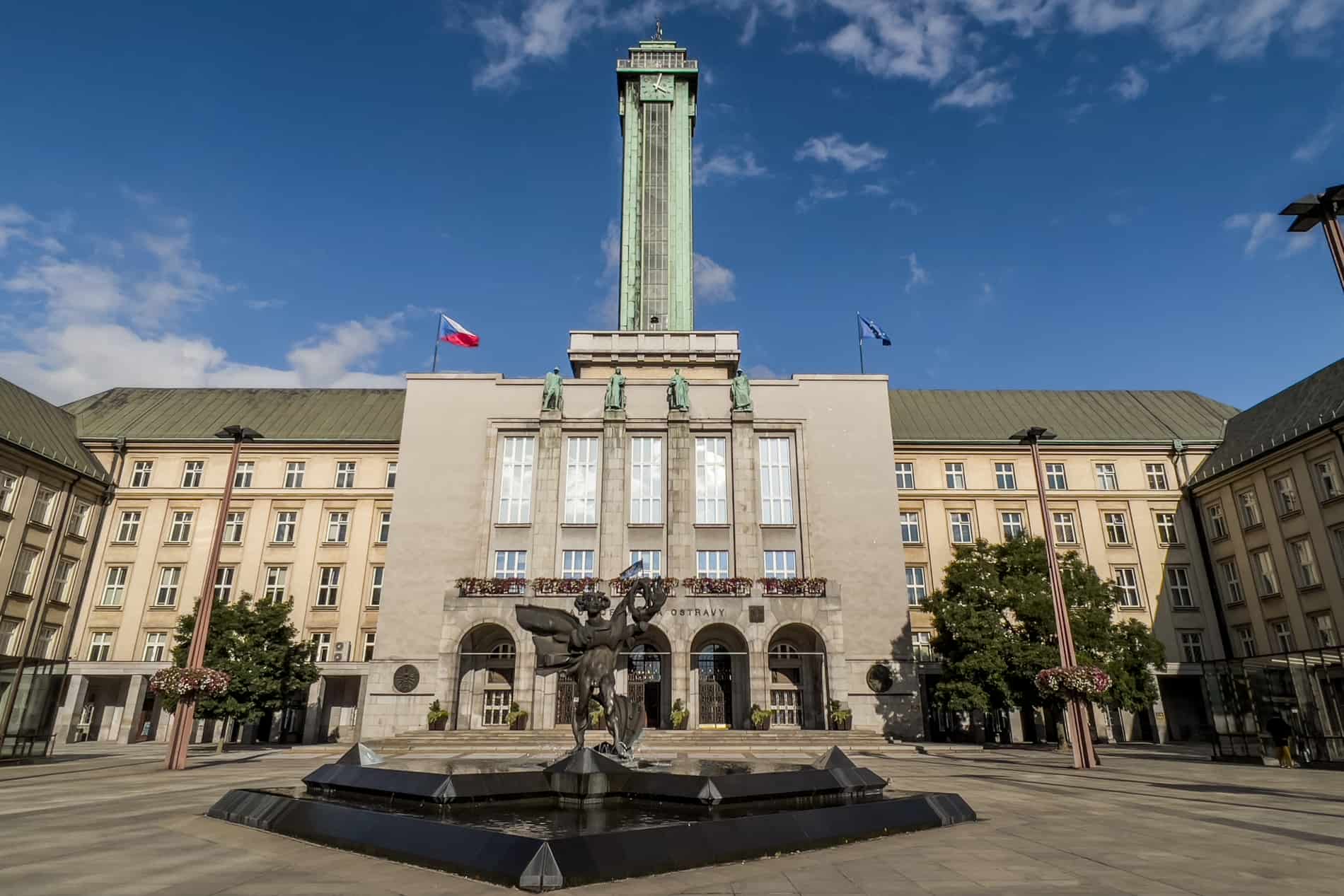
How to get to Ostrava
After the Velvet Revolution in 1989 that ended communist rule, the dissolution of the Soviet Union in 1991 and the splitting of Czechoslovakia in 1993, coupled with the negative environmental and health impacts, it all fell apart. And like most mining towns, there wasn’t a Plan B.
Bus to Ostrava
One of the best views in Ostrava is from the heights of the largest and highest city hall complex in the Czech Republic, whose clock tower soars 85.6 metres high. Stand atop the New City Hall Viewing Tower for a panorama of the city from the observation deck at 73 metres. Look out across the long avenues and the Dolni Vitkovice ironworks site on its fringes. On a clear day, you can see as far as the Beskydy mountains and Poland.
Train to Ostrava
Get there: Bus 34, 52, 56, 66, 67, 68, stop at Hornické Muzeum.
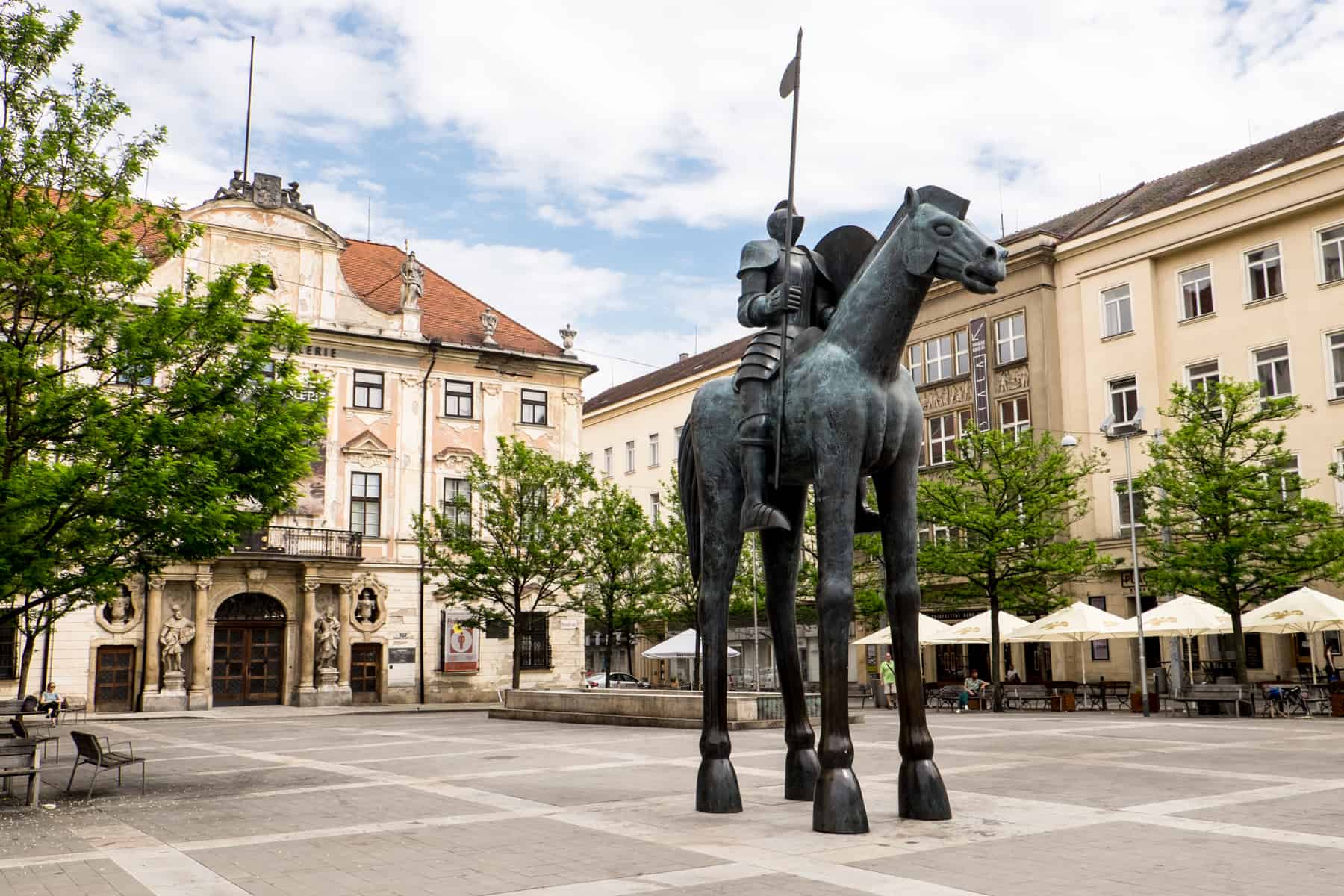
Fly to Ostrava
Another artwork appears on a wall next to the food market – a cityscape defined by a galloping black horse by Polish artist Mariusz M-City Waras.
Getting Around
Ostrava has two train stations – Hlavní nádraží (the main station) and Ostrava-Svinov, both connecting to outer Ostrava, Czech and neighbouring European cities.
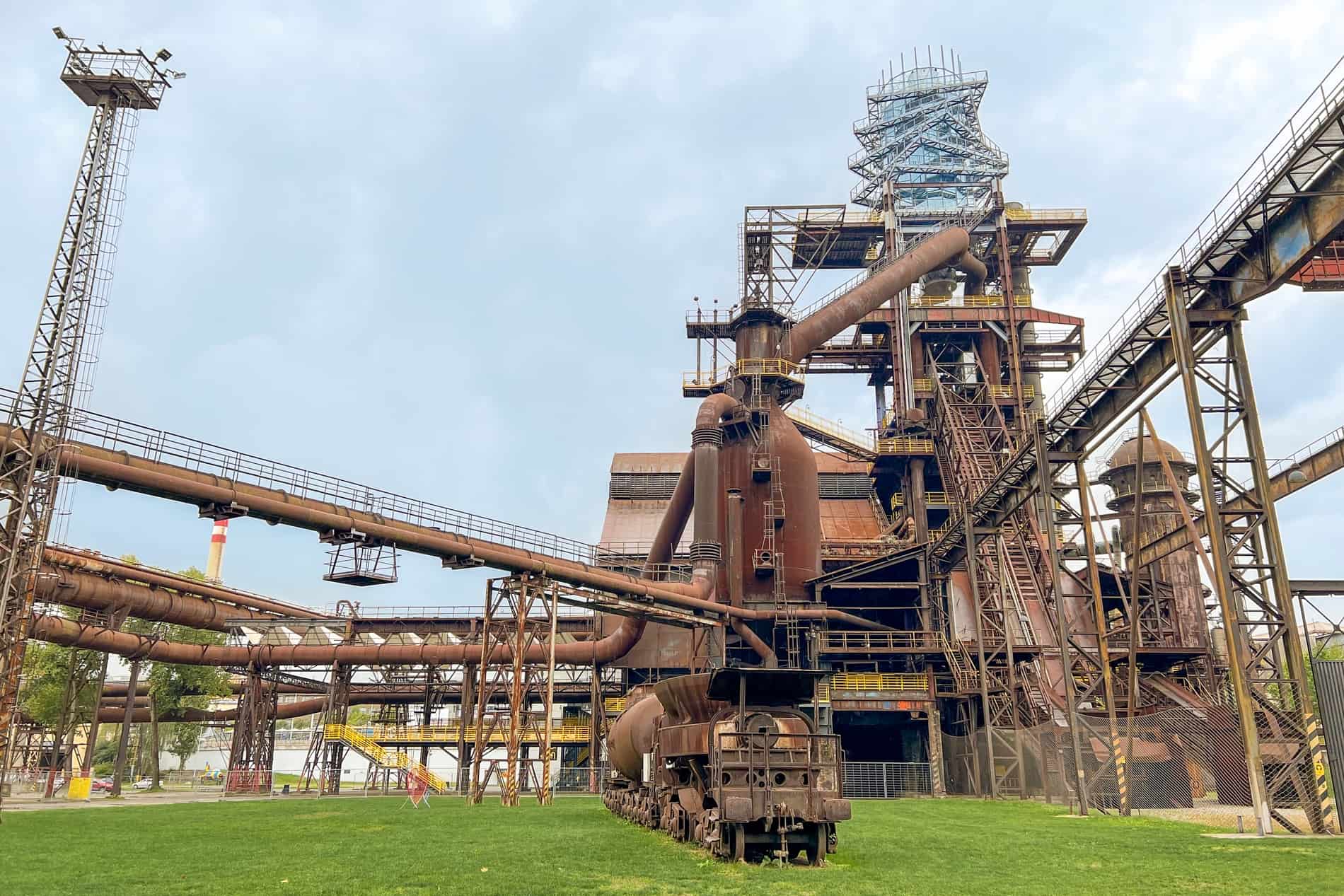
Where to Stay in Ostrava
Related
There are many alternative attractions and uncommon things to do in Ostrava, Czech Republic, to see It differently.
The 13th-century St Wenceslas Church.
With plenty of public transport connections, it’s easy to get to Ostrava from neighbouring cities and other European capitals.
